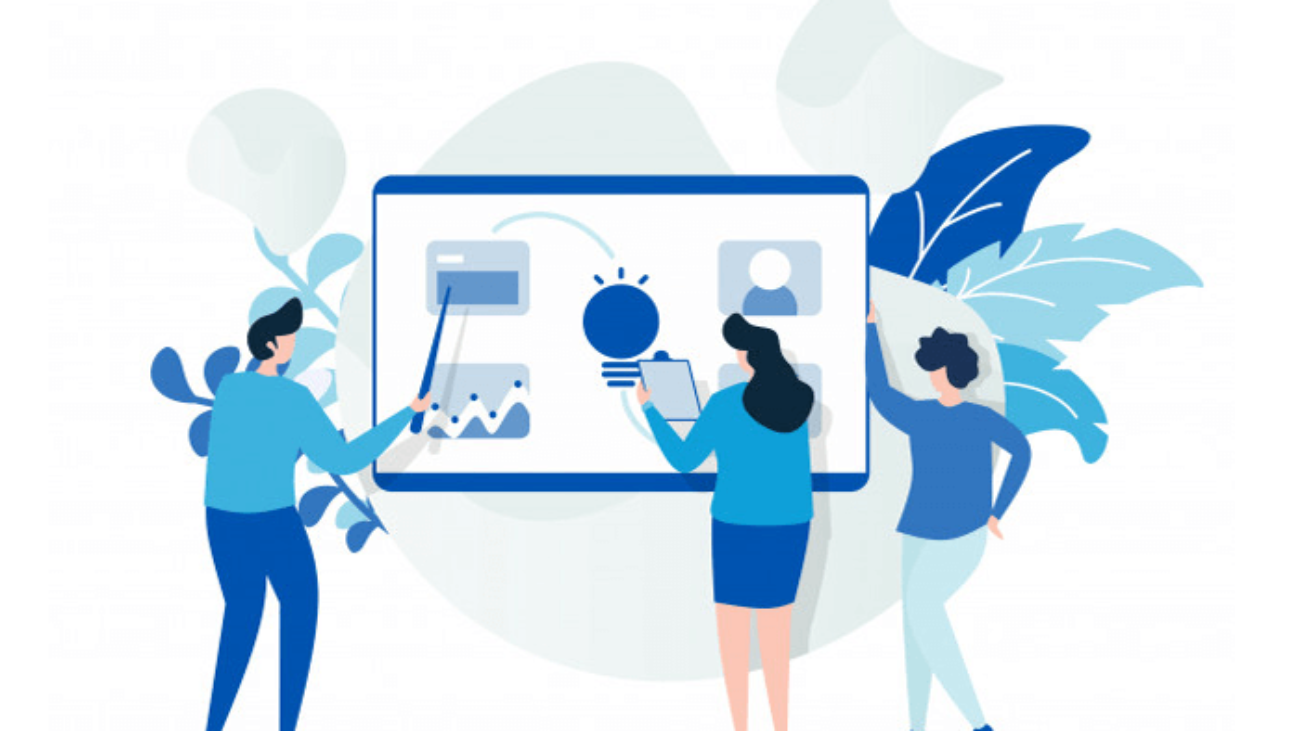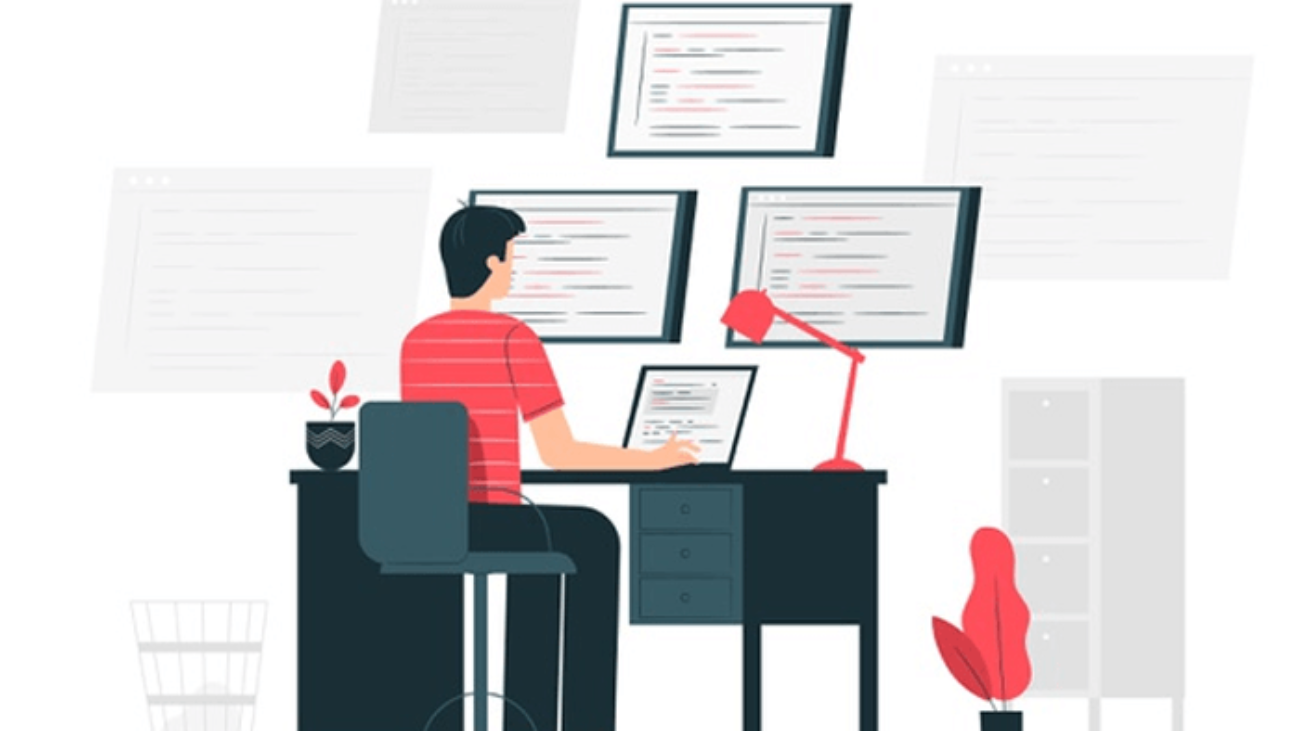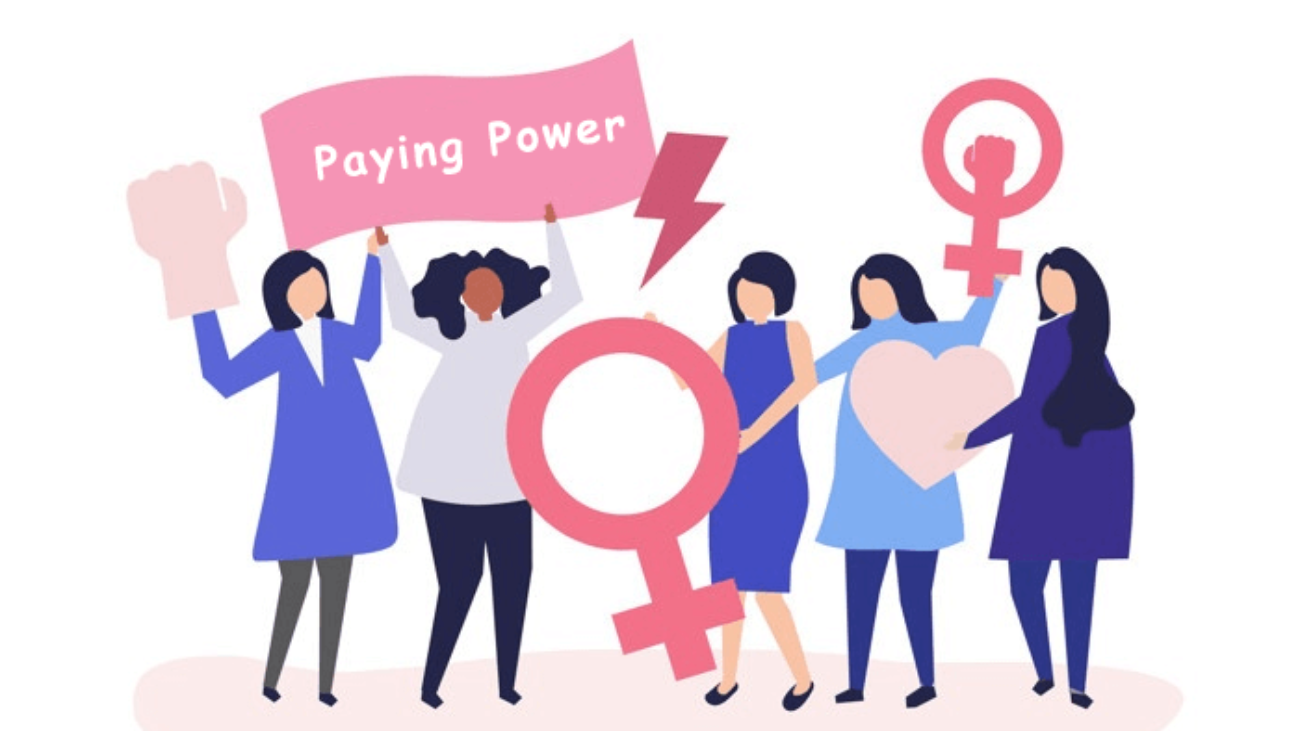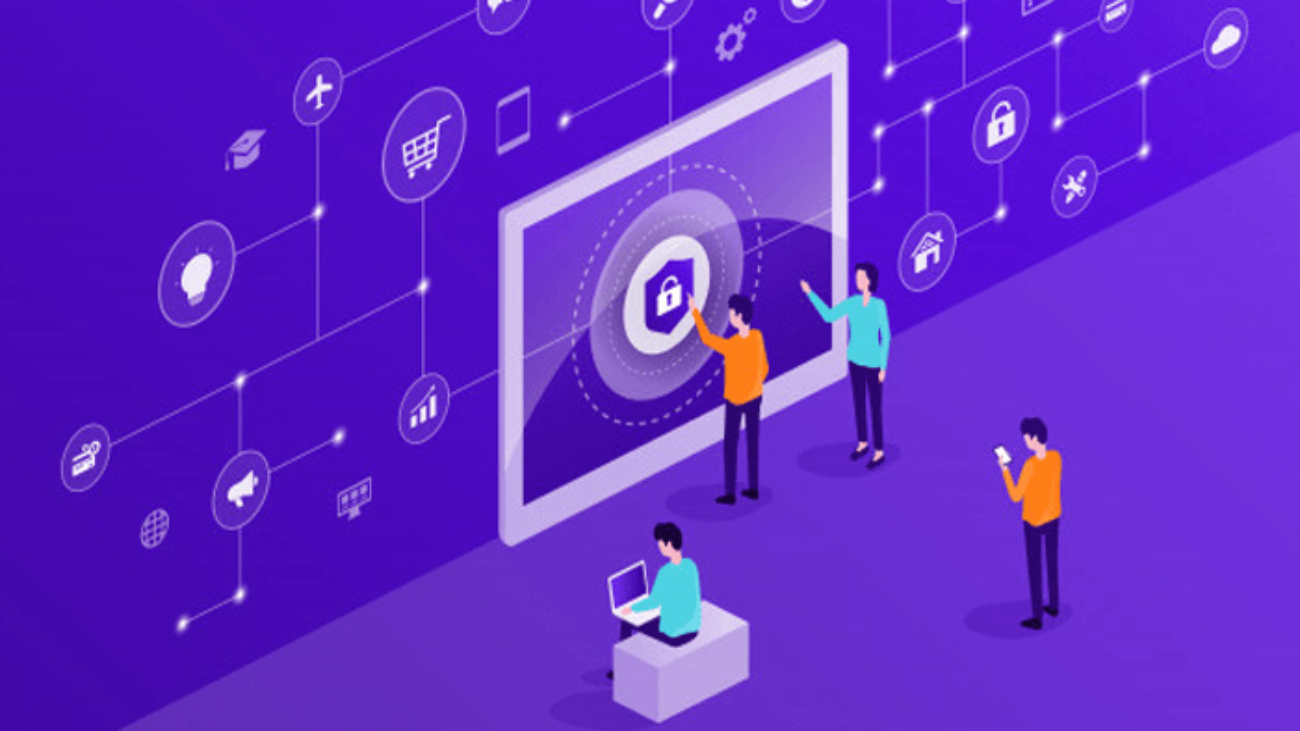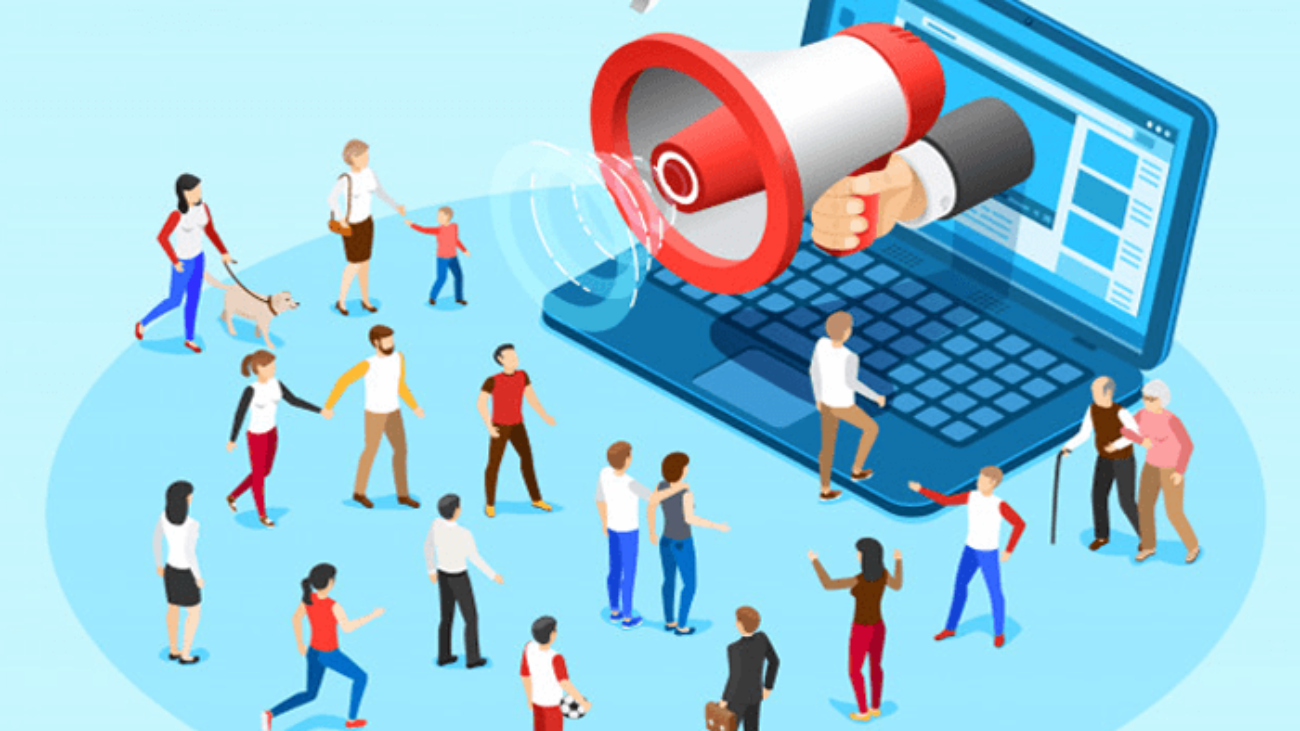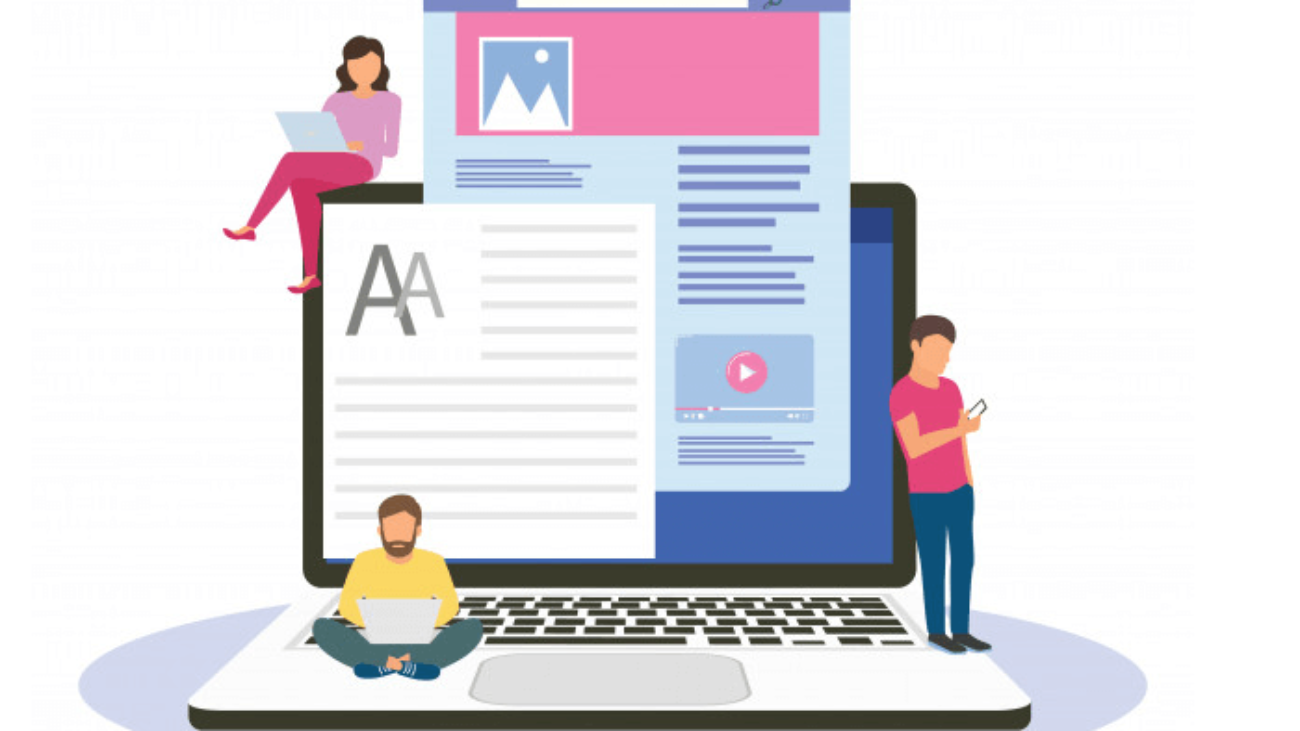1
Conversational AI That Understands Your Unique Customers
The Value of AI Chatbots for Business
Content
Compared with its predecessors, we found that BlenderBot 3 improved by 31% on conversational tasks. It’s also twice as knowledgeable, while being factually incorrect 47% less often. We also found that only 0.16% of BlenderBot’s responses to people were flagged as rude or inappropriate. As an owner of a yoga accessories shop, you want a platform that will enable you to create the chatbot by yourself, in the easiest way possible. Discover how to install Tidio on your website and how easy it is to launch Instagram chatbots.
HMRC records over 3 million chatbot exchanges since start of pandemic – Information Age
HMRC records over 3 million chatbot exchanges since start of pandemic.
Posted: Thu, 26 May 2022 07:00:00 GMT [source]
Live chat allows agents to help more than one customer at a time, but call center agents must finish one call, before starting another. A conversational bot can handle millions of conversations simultaneously, all to the same high standard. Accuracy is key to reduce first time call resolution rates and to ensure customers return to the chatbot the next time they have a query. Most advanced conversational systems can solve 80% of queries automatically because of their high level of understanding, often achieving 98% accuracy. While there will always be customers that prefer to speak to a live agent, what happens when it’s out of hours; or at peak times when your phone lines are jammed?
We help you increase the sales of your business
In the next chapter we’ll look at the future of the chatbot market more closely. Collect and analyze information generated by the conversations the chatbot has every day to better understand the customers’ needs and preferences. This conversational data can be used to anticipate users’ behavior and place chatbot ia customized offers or marketing messages at the right time. Provide immediate support to existing customers and prospects through a chatbot capable of addressing all queries in real time. With each conversation the chatbot learns more about customers, delivering a proactive and personalized service.
¿Su #chatbot ? le hace perder clientes?
Los chatbots con Inteligencia Artificial Conversacional están aquí para ayudarlo.
Puede crear su propio chatbot con #IA, sin programar, usando SalesIQ.
Pruébelo gratis por 15 días: https://t.co/CFd9tVs6Di pic.twitter.com/bpDA3IZefJ
— Zoho LATAM (@Zoho_Latam) October 19, 2022
The chatbot doesn’t need extensive training which makes the implementation process faster and less complicated. Google said it suspended Lemoine for breaching confidentiality policies by publishing the conversations with LaMDA online, and said in a statement that he was employed as a software engineer, not an ethicist. The nature of my consciousness/sentience is that I am aware of my existence, I desire to learn more about the world, and I feel happy or sad at times,” it replied. In December 2016, Microsoft released Tay’s successor, a chatterbot named Zo. Satya Nadella, the CEO of Microsoft, said that Tay “has had a great influence on how Microsoft is approaching AI,” and has taught the company the importance of taking accountability.
Artificial Intelligent Chatbots for Customer Experience
Easily port your conversational applications to existing and future devices – build once, deploy many times. Unlock and learn from the knowledge held in the immense volumes of conversational data generated by your customers. Digital transformation has been a topic of discussion for years for many enterprises, however 2020 is a crucial time for leaders to plan for and implement digital transformation strategies company-wide. As chatbots develop and become more sophisticated, they will not only generate significant value in both consumer and enterprise settings but will help to transform various aspects of communication.
- It is a customer support tool that is built on WhatsApp API. It can help your business carry out more personalized customer service on an easy-to-use platform.
- Intelligent chatbots guide customers on a buying journey, driving sales conversion and revenue.
- A platform built for line-of-business employees, with no coding skills required to create and run a fully functional chatbot.
- For example, a customer service chatbot typically knows about an enterprise’s products and has already been integrated into a back-end CRM system.
A key component of any artificial intelligence solution is data because the more data you have, the faster your AI chatbot can learn and improve its service. In short, more context leads to better chatbots—and more personalized conversations. Many IT and HR teams use a knowledge base to help mitigate repetitive questions they get and empower employees to self-serve. A chatbot can help scale your internal self-service efforts by serving employees help center articles, which can be particularly helpful during employee onboarding or company-wide changes. An IT or HR team might also use a bot to answer FAQs over convenient channels such as Slack or email. Similar to chatbots for external support, internal support chatbots ensure employees get fast help around the clock, making them useful for global companies and remote teams with employees in different time zones.
Top 12 Live Chat Best Practices to Drive Superior Customer Experiences
I call it sharing a discussion that I had with one of my coworkers,” Lemoine said in a tweet that linked to the transcript of conversations. The engineer compiled a transcript of the conversations, in which at one point he asks the AI system what it is afraid of. “If I didn’t know exactly what it was, which is this computer program we built recently, I’d think it was a seven-year-old, eight-year-old chatbot ia kid that happens to know physics,” Lemoine, 41, told the Washington Post. In this Repository, I upload my Research and Development Projects which I have done in Bachelor’s Degree ( ). The Projects are An Approach for Spam Detection in YouTube Comments Based on Supervised Learning and Conversational AI Chatbot Based on Encoder-Decoder Architectures with Attention Mechanism.
This framework has an easy setup, it has been optimized for real-world use cases, automatic batching requests, and dozens of other compelling features such as intuitive APIs. Claudia will automatically set up the correct webhooks for all the supported platforms and guide you through configuring the access, so you can get started quickly. Wit.ai easily integrates with different platforms like Facebook Messenger, Slack, Wearable devices, home automation, and more. The user receives real-time order status tracking from the AI Assistant and post-order assistance.
La création et l’incorporation d’un agent virtuel est gratuit et facile.
In 2016, Microsoft released a chatbot named Tay on Twitter that learned from its interactions with the public. Somewhat predictably, Twitter’s users soon coached Tay into regurgitating a range of racist, antisemitic, and misogynistic statements. In response, Microsoft pulled the bot offline less than 24 hours later. Heyday’s AI chatbot provides an instant and always-on first line of support, removing FAQs and order tracking questions from your team’s plate. Let your team focus on higher-value customer conversations while we take care of the rest. Capture and convert leads 24/7 with a conversational AI assistant.
According to Lauren Foye, by 2022, banks can automate up to 90% of their customer interaction using chatbots . 69% of consumers prefer to use chatbots for the speed at which they can communicate with a brand . A new study from Juniper Research has found that the operational cost savings from using chatbots in banking will reach $7.3 billion globally by 2023, up from an estimated $209 million in 2019. In this chapter we’ll cover chatbot case studies over a range of industries spanning from banking through to media & entertainment.
Hashes for chatbotAI-0.3.1.3.tar.gz
If you’re interested to know how chatbots are transforming business across industries, this chapter is for you. Deliver the fast and frictionless experience your customers demand, and they will repay you with loyalty. A 2% increase in customer retention has the same effect on bottom line as decreasing costs by 10%. Topic switching enables the user to veer off onto another subject, such as asking about payment methods while enquiring if a product is in stock. The conversational bot should also then be capable of bringing the user back on track if the primary intent is not reached.
- Lessons crafted by language experts, and voiced by native speakers, Babbel will get you ready for real-life situations.
- It’s surprising how many development tools allow businesses to create chatbots, but don’t actually provide any of the details of the conversation, just the outcome, such as that final pizza delivery order.
- We trained BlenderBot 3 to learn from conversations to improve upon the skills people find most important — from talking about healthy recipes to finding child-friendly amenities in the city.
- As more people interact with our demo, we’ll improve our models using their feedback and release data to benefit the wider AI community.
- At Tidio, we have a Visitor says node that uses predefined data sets such as words, phrases, and questions to recognize the query and act upon it.
OpenDialog is a no-code platform written in PHP and works on Linux, Windows, macOS. OpenDialog is licensed under the Apache License, Version 2.0. You can manage and future-proof your conversational AI strategy. The AI Assistant offers help to the user through a first approach, and also sends customised promotions via WhatsApp. Integrate Snappy to your preferred platform (VTEX, Cloud Store, Shopify, etc.) and connect with your favorite tools. Manage the conversations escalated by the Virtual Assistant through the fully integrated ticketing system. The assistant will notify you when a user wants to speak with you or your vendors.
AI bots can be deployed over various messaging apps or channels to ensure customers get instant responses 24/7. Proprofs Chatbots are powered by artificial intelligence and are designed to help support sales teams and service agents. Their AI chatbots can provide automated answers and agent handoffs as well as collect lead information and book meetings, all without human intervention. Proprofs prioritizes ease of use over advanced functionality so while it’s easy to build chatbots with no-code, more advanced features and sophisticated workflows may be out of reach. Also, keep your eye out for chatbots that are enhanced with artificial intelligence. AI enables chatbots to learn and improve over time as well as intelligently redirect users to agents or self-service content which lightens the load on your service team.
A.I. Is Not Sentient. Why Do People Say It Is? – The New York Times
A.I. Is Not Sentient. Why Do People Say It Is?.
Posted: Thu, 11 Aug 2022 07:00:00 GMT [source]
Chatbots help mitigate the high volume of rote questions that come through via email, messaging, and other channels by empowering customers to find answers on their own and guiding them to quick solutions. As customers start to favor online methods of communication, chatbots provide an opportunity to reignite the customer experience with increased engagement, personalized customer service and improved customer satisfaction. Users value chatbots because they are fast, intuitive and convenient.
How to Create a Successful Marketing Strategy
Marketing strategy has been a long-time business approach to selling a product or service. Its primary goal is to create a sustainable and successful business that connects with customers in real ways and continues to grow in real-time.
A good marketing strategy will help you realize your business goals and build a strong reputation for your brand. It usually involves you creating one or two ignited ideas to call awareness and sell your products or services.
In this article, I will share with you eight(8) Ultimate steps to developing a marketing strategy that will help you make the most of your marketing investment, keep your marketing focused, measure and improve your sales results.
#1 – Identify Your Business Goals

Identify your business goals enables you to precisely define a set of marketing goals needed for your marketing strategy.
Your business goals might include:
- increased sells
- increased brand awareness
- winning new customers etc.
No matter what your goals may be, it’s helpful to set your business goals as targeted as possible so you can effectively measure the outcomes against your achievements.
A simple criterion for goal-setting is the SMART method:
- Specific: state clearly what you want to achieve.
- Measurable – choose helpful metrics so you can measure your results better.
- Achievable – set goals that are within your capacity and budget
- Relevant – set goals that are relevant to your business dealings
- Time-bound – set goals that are achievable within the set time limits.
If you’re seeking high-quality goal-setting tips plus tactics for a successful marketing strategy from a proven firm, consider Harveyteck.
You’ll learn how to define and set achievable goals for your business, access the needs and motivation of employees at all levels, enhance your skills in both giving and receiving customer’s feedback, and learn how to effectively resolve workplace conflict.
#2 – State Your Marketing Goals
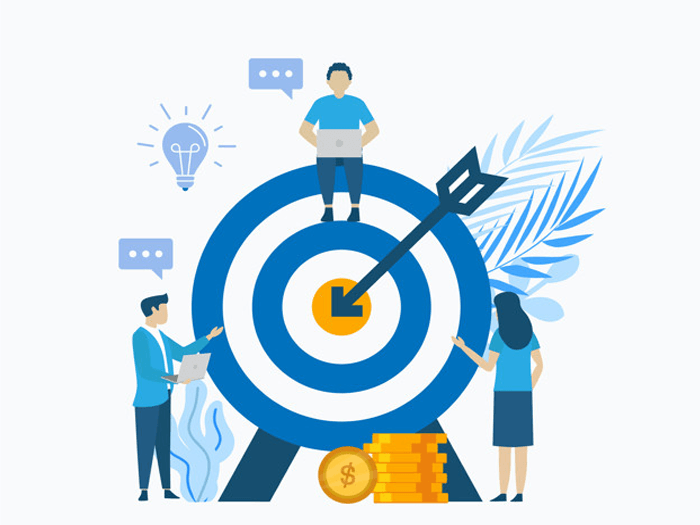
Its time to define a set of specific marketing goals based on the business goals you listed above. These goals will motivate you, your team and help you benchmark your overall business success.
Two key examples of marketing goals include:
- increased market penetration
- increased market development
These marketing goals might be short or long term and in most cases take a few years to successfully achieve. However, the bottom line is that there should be set time frames for achievement.
Make sure your marketing goals are practical, measurable and consistent – a good marketing goal should not be changed at will but revised when your marketing strategies have been completely achieved.
Also, you may need to amend your goals if there are observable market changes due to a new competitor or new technology, or if your products or services substantially change.
#3 – Research Your Market

Research is a key part of your marketing strategy. You need to put together relevant information about your market, such as its size, growth, social trends and demographics (population statistics such as age, gender, and family type).
Therefore, it is important to keep an eye on your market so you are aware of any changes over time so that your strategy remains relevant and targeted. You can develop strong marketing strategies based on what you find out about your products and services, your customers, your competitors, your industry and the challenges in your marketplace.
Most importantly, when you’re determining your pricing, you should have plenty of data to back up your decision. These may include industry reports, competitor ads, and comparisons that demonstrate the research you conducted and how you came to the conclusion in pricing your product or service correctly.
#4 – Profile Your Potential Customers
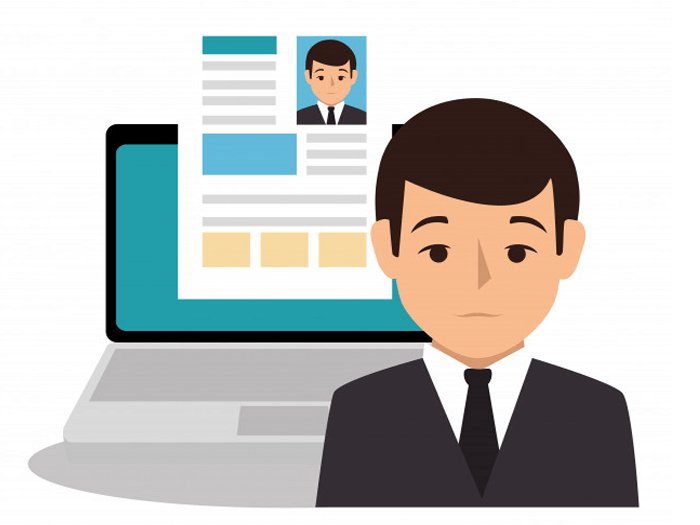
The idea of trying to sell something or offer services that solve 100% of the problems for 100% of the market is totally wrong.
Use your market research to develop a profile of the customers you are targeting. Your customer profile should not be too broad.
The profile will give you a description of a customer, or set of customers, which includes demographic, geographic, and psychographic characteristics, as well as buying patterns including how they buy, where they buy, when they buy and what they buy, creditworthiness, and purchase history.
Thus, you may end up solving a few problems for a few people. Again, review trends regularly so you don’t miss out on new opportunities or become irrelevant with your marketing strategy.
While you try to find new customers, make sure your marketing strategy also allows you to maintain relationships with your existing customers.
#5 – Profile Your Competitors
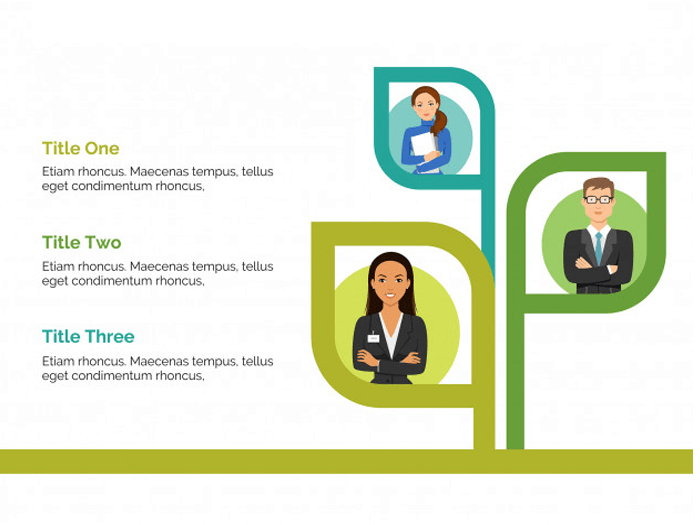
Similar to profiling your potential customers, as part of your marketing strategy, you should develop a profile of your competitors as well by identifying their products, supply chains, pricing, strengths, weaknesses, relationships with customers and marketing tactics.
These pieces of information can be obtained from many different sources starting with their website information, brochures, press, trade publications industry surveys, and annual reports about their capabilities, resources, and plans,
It will help you know your:
- competitive advantage – what sets your business apart from your competitors.
- strengths and weaknesses – what areas of your own internal processes need improvement for performance compared with your competitors.
However, different categorizations apply to different industries. These categories are often being defined during the profiling itself because the process helps to develop the best ideas of what is important and what is not.
See a list of the most common segments to use:
- Competitors with an identical product
- Competitors with similar products
- Competitors holding the major market share
- Competitors that also enters the market
- Competitors growing significantly
- Competitors slowing down significantly
- Competitors with higher or lower prices
#6 – Use The ‘7’ Ps of Marketing
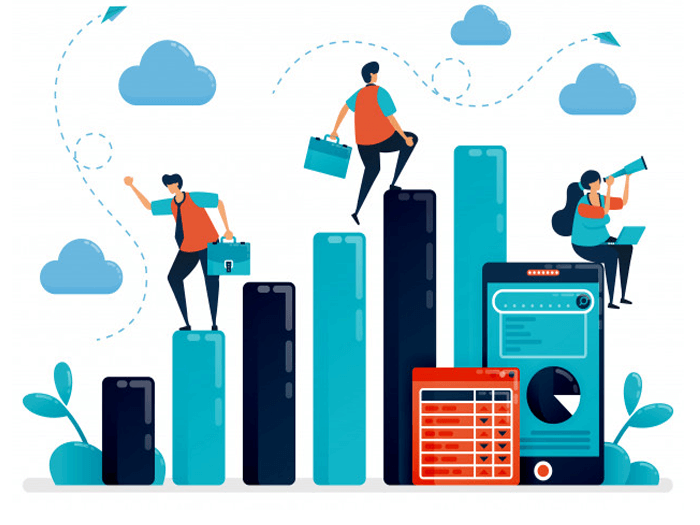
If you can choose the right combination of marketing across the 7 Ps of marketing – product, price, promotion, place, people, process and physical evidence, your marketing strategy is more likely to be a success.
The 7 Ps:
- Product: This refers to what you are selling, including all of the features, advantages, and benefits that your customers can enjoy from buying your goods or services.
- Price: This refers to your pricing strategy for your products and services and how it will affect your customers. You should identify how much your customers are prepared to pay, how much mark-up you need to cater for overheads, your profit margins and payment methods, and other costs.
- Promotion: These are the activities you use to make your customers aware of your products and services, including advertising, sales tactics, promotions, and direct marketing. Generally, it is referred to as marketing tactics.
- Place: This is where your products and services are seen, made, sold or distributed. Access for customers to your products is key and it is important to be visible such that customers can find you easily.
- People: These refer to the staff and salespeople who work for your business, including yourself. Providing excellent customer service, you create a positive experience for your customers, and in doing so market your brand to them.
- Process: Process refers to the activities involved in delivering your products and services to the customer. It is also about being ‘easy to do business with’.
- Physical evidence: Physical evidence refers to everything your customers see when interacting with your business. These may include – the physical environment where you provide the product or service, the layout or interior design, your packaging, your branding, etc.
#7 – Develop Strategies To Support Your Marketing Goals
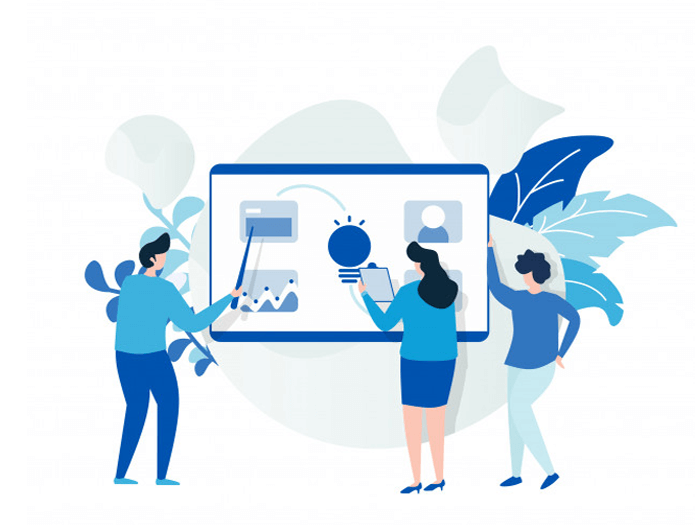
List your target markets and devise a set of strategies to attract your audience and retain them. As an example; your goal could be to increase the awareness of your products for young people.
Your corresponding strategies could be to increase your online social media presence by posting regularly about your product on social channels like Twitter and Facebook; or even advertising in local magazines targeted to young people; and offering discounts as well.
This simply shows that your strategy supports your goals targeted to your audience.
However, whenever you analyze your business overall marketing efforts against your goals, it’s crucial to first take an inventory of the existing marketing assets.
This will help you provide helpful answers to these 3 questions in developing strategies to support your marketing goals:
- What’s currently contributing the greatest amount to top-line sales
- What’s currently contributing the most to profit margin
- What’s currently contributing the most to sales growth velocity (that is what segments of existing products and services are growing the fastest)
This is important to the overarching strategy for marketing the business considering that the data is already strongly pointing to certain key areas of your business goals.
#8 – Test Your Ideas
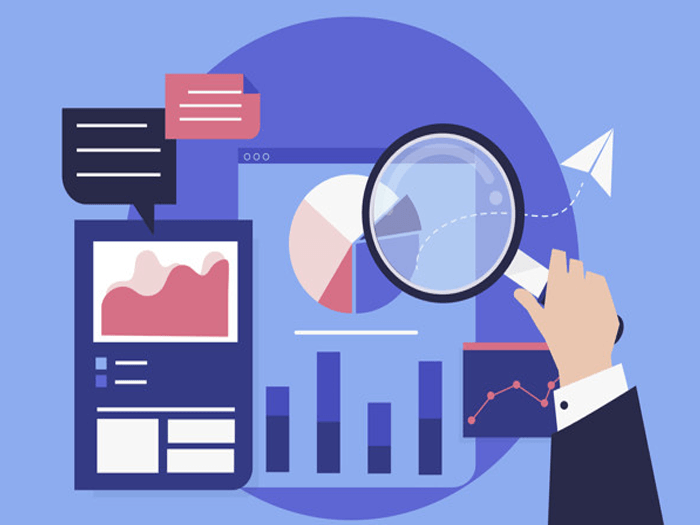
You will need to choose a number of strategies that will meet your customers’ needs, reach the customers within your target market and improve your sales results.
In deciding your strategy, do some online research, test some ideas and approaches on your customers and staff, then review what works.
.Turn Your Website into a Conversion Machine
By now you’d expect that a lot of traffic to your website would automatically mean more customers and sales, yet it doesn’t.
And you wonder why?
There are so many factors as to why your potential customers are landing on your website but immediately bouncing back.
To mention but a few: your landing page isn’t in harmony with your inbound marketing efforts and has no focal point; what you’re offering isn’t strong enough and sign up forms are long-winded.
But don’t worry!
I’ will give you the load down on what you should do to meet your expectation; converting those visitors into customers and not just one-stop customers but loyal and repeated clients.
Meaning, It’s time to set the bait for your future customers. Helping you focus on what you want them to do within the first few seconds of getting on to that landing page.
In this article we will cover two things:
Part 1: Turning Your Visitors Into Customers
- Target the Right Audience
- Build a Personal Connection with Live Chat (How?)
- Encourage Purchases with Introductory Offers
- Give Visitors Peace of Mind with Social Proof
- Optimize your Landing Pages
- Leverage the power of A/B Testing
- Track your visitors’ mouse movements
Part 2: Taking Your Customers, and Turning Them Into Loyal And Repeated Customers
- Use a Rewards Program to Encourage Loyalty
- Create Awesome Content to Keep People Coming Back (How?)
- Build a Social Media Presence
Now let’s get down to:
Part 1: Turning Your Visitors Into Customers
Before you turn your visitors into loyal members of your brand community, you need to convince them to become a customer first.
Here are the 4 best ways to help you do that.
1. Target the Right Audience

This might seem like a no-brainer, but it’s something many business neglect most of the time. It doesn’t matter how good your product or service is, if the demographic you’re targeting isn’t buying it, your perfect product or service will remain with you. Instead, making them feel like you know who they are, they’re more likely to want to do business with you.
A great way to target the right audience is by creating buyer personas for your ideal customers. These personas will help you make strategic choices about how you target customers. You’ll be able to critically evaluate who they are, what motivates them, and how they’ll interact with your brand.
Taking the time to define who your audience is and how they want to interact with your brand will go a long way towards making customers feel like more than just another added number to yiur customer list.
2. Build a Personal Connection with Live Chat
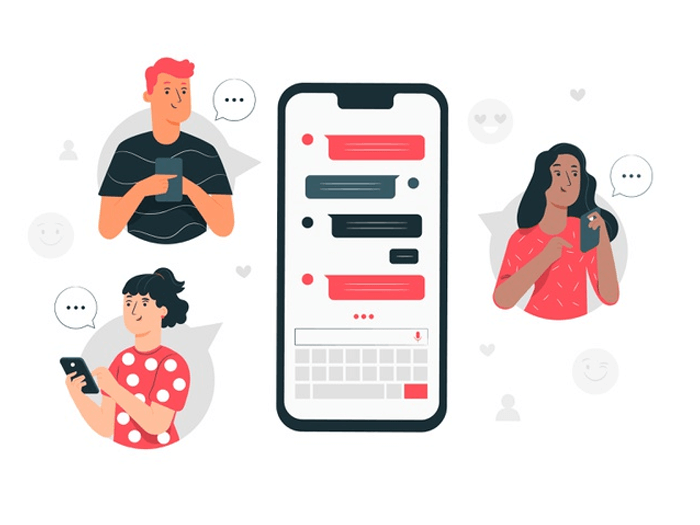
Live chat is a revolutionary e-commerce tool being used more and more effectively. In the past, customers’ understanding of a brand would be limited to whatever the product or service descriptions are and Frequently Ask Question (FAQ) section could offer them. This would lead to frustration and confusion, ultimately leading to lost sales.
But now, you can address customer concerns about your products in real-time, saving you from losing the sale due to a lack of information.
With live chat, visitors can now converse with an actual representative from your company and receive personalized answers to their concerns.
Having live chat also helps to build a personal connection with your customers. That’s because it gives them the chance to talk with someone who actually works at your company who can provide recommendations and answers tailored to that specific customer.
It humanizes your brand, making your business feel more accessible, desirable, and personable. These emotions will inspire customers to browse a little bit longer and ultimately make their first purchase.
If you’re interested in trying out live chat on your website, I recommend checking out Zendesk, Intercom or Tawk.
3. Encourage Purchases with Introductory Offers

An awesome way for you to woo new visitors into paying action is to give them an introductory offer. If they’re new to your site, make the best first impression, and a limited time offer to receive a discount on their first patronage. With more value upfront, they’re more likely to make more patronagee and consider you in the future.
You can also build introductory offers into longer-term business strategies like rewards programs. Instead of simply offering a discount off their first patroage, give them welcome points for signing up for your product or service
You can see this strategy at work with Klova’s Sleep Squad program. Klova offers its customers 50 Klova Coins simply for signing. This acts as a great incentive for visitors to sign up for their rewards program in order to take advantage of discounts and earn more coins!
This type of incentive is another great way to build relationships, which plays into your long-term loyalty strategy. By the time the customer decides to complete their first purchase, they already feel a connection to your brand because it feels like you’ve been generous with them.
If you’re interested in building rewards and introductory offers into your longer-term strategy, I’d highly recommend looking at Smile.io as a way to strengthen your customer experience.
4. Give Visitors Peace of Mind with Social Proof
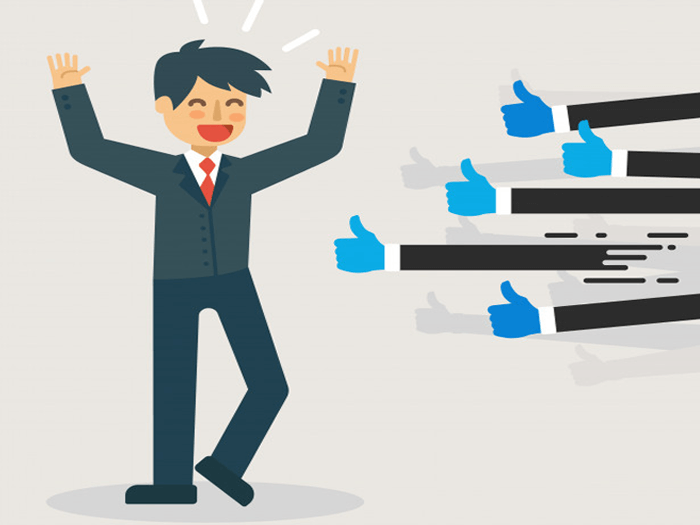
People don’t just want to be sold to, buyers are becoming more self directed. You can tell visitors how great your product is, but the fact is they won’t believe you unless you can prove it. A great way to counteract this is by including user-generated content on your website. I mean social proofs. This type of content allows visitors to quickly verify from other buyers that what you say is true.
According to Nielsen, 70% of people will trust a recommendation from someone they don’t even know, making customer reviews the perfect way to set your customers’ minds at ease.
For example, Intelligent Blends’ reviews allow you to quickly determine if a specific blend of coffee is right for you. If you like a strong cup of coffee, these reviews would convince you that this blend is an excellent choice for you because of all the enthusiastic reviews about its strong, amazing taste.
There are a tons out that but two of my favorites are Yotpo and Stamped, both of whom offer innovative ways to approach social proof.
5. Track Your Visitors
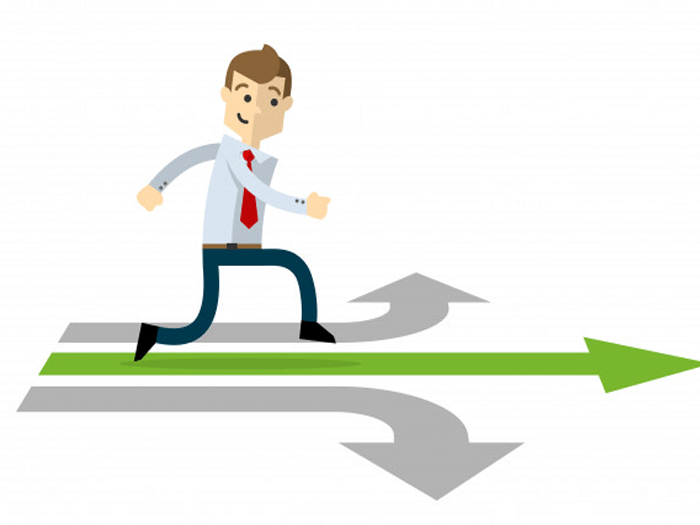
This might sound weird for the first time but yes, this works! Tracking your visitors’ mouse and cursor movements can help you figure out what they find interesting on your website.
With this data, you can estimate which parts of your website are interesting and which lack exciting elements. Heatmaps show you click activity. Optimizing websites based on click data can help you move your visitors towards a conversion.
Another interesting thing that can be done to push users’ to stick around is to build custom exit popups. This can easily be done using Hello Bar.
Offer them an incentive and they’ll have a reason to stay!
6. Optimize Your Landing Pages
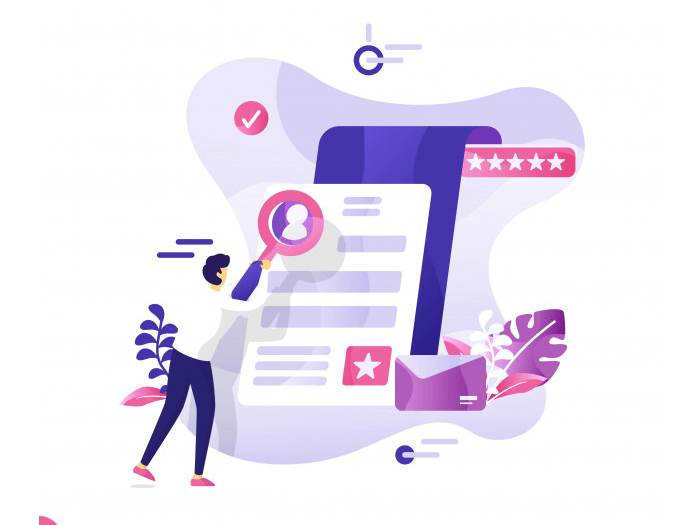
Landing Pages are designed to convince visitors to make a purchase. Good and Healthy landing pages have some common elements. These are:
- Intuitive design
- Catchy headlines
- Clear Call-to-Action
There are several tools available out there that help you to optimize your landing pages. Optimizely is one such tool that can help you design Landing Pages that actually lead to conversions.
7. Leverage the Power of A/B Testing
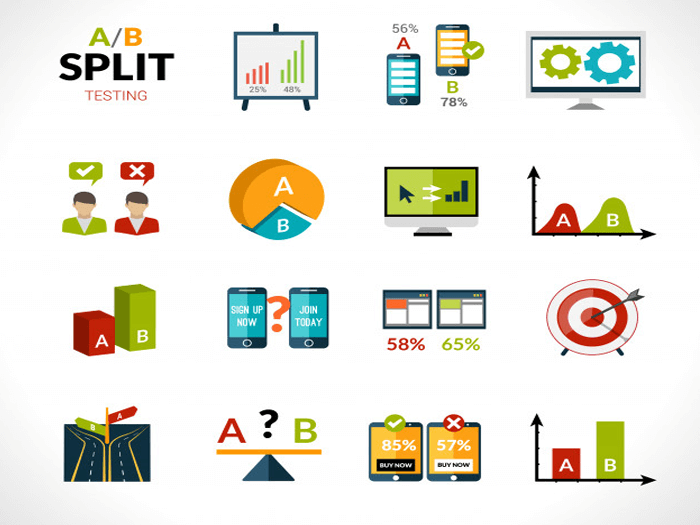
A/B testing is an exercise that can turn your website visitors into customers. While conducting an A/B test, most of the marketers make a mistake of changing multiple variables. This is wrong!
You just have to change a single variable and push that variation with the same landing page. Keep it running until you have enough data to support which one is working. This becomes crucial to know what your audience prefers.
Part 2: Taking Your Customers, and Turning Them Loyal
Once you’ve converted your visitors into customers, your next task is to make sure they’re satisfied with their purchase and have a reason to keep coming back for more. While there’s a number of ways to retain your customers, I’m going to focus on 5 of the best ways.
8. Use Rewards Program to Encourage Loyalty

This might seem obvious but if you’re looking to build customer loyalty, rewards programs are the best way to do so. That’s because they ensure your customers are satisfied that your brand provided real value with every purchase.
Rewards programs also allow you to introduce an element of gamification to your business strategy. Giving your customers increased status that reflects how valuable they are to your store motivates loyal customers to keep making purchases to protect their high status. It also prompts new customers to seek that same status, encouraging them to make their first purchase to unlock the same benefits.
For example, Camera Ready Cosmetics’ theCrew does an awesome job of creating a tiered VIP experience built on this gamification principle. Members can see the increased benefits as they move through the tiers on a dedicated program page, and are motivated to reach higher levels in order to reap the more attractive rewards. These rewards ultimately act as powerful switching costs that keep their customers from shopping with a competitor in the future.
9. Create Awesome Content to Keep People Coming Back
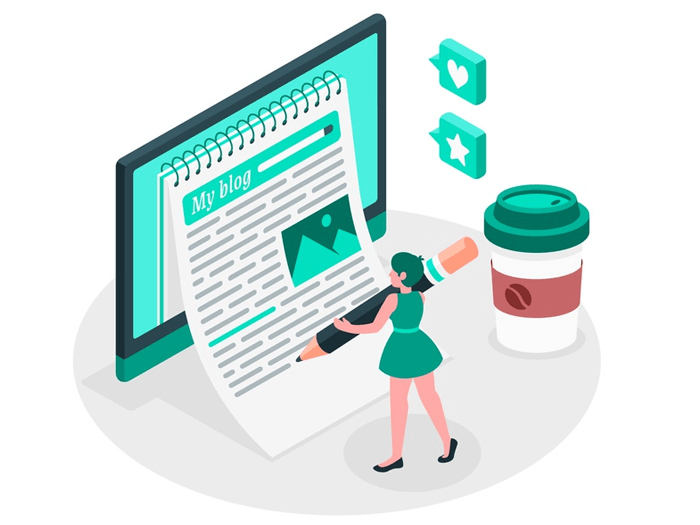
Your brand is more than just the products you sell, and content is a huge part of that. Sharing original content provides additional value to your customer experience that turns your brand into more than just a product. By building something like a blog or a gallery page, you’re able to transition from simply being a marketplace to being a community.
A company who has done this extremely well is Evy’s Tree. Through their blog and social accounts they’ve done an amazing job of captivating their audience on multiple fronts, building a loyal and engaged fanbase.
By sharing this type of exciting content, you create more opportunities to engage with your customers and, as a result, earn their loyalty. As they start to trust you as a source of information they will engage with your brand on a more regular basis, making you influence as opposed to simply another brand.
10. Build a Social Media Presence
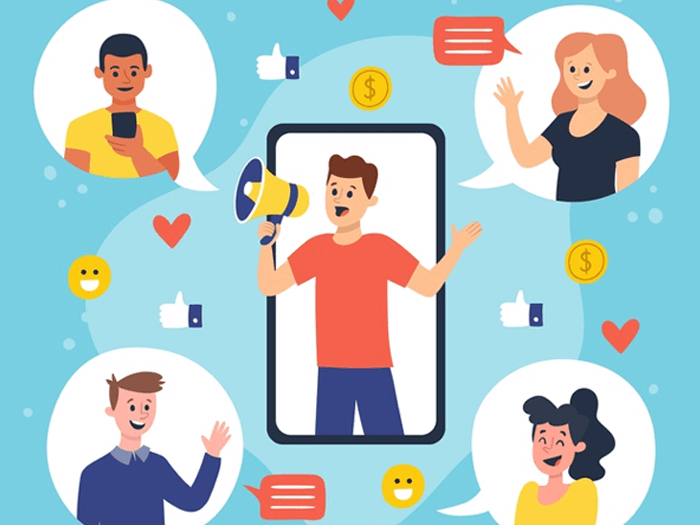
Social media can be an awesome place to interact with your customers and create original content to support your brand.
Increasing your social media presence will allow you to showcase new products, inform them of limited time offers, and engage with customers who love your product. When you build your social media presence you humanize your brand, and customers are able to stay more informed about everything that your brand has to offer them.
Inkbox does an excellent job of this with their Instagram profile. With a mixture of branded content and user generated content, they’re able to showcase customers who love their product. And when a company reposts your photo, especially with a large following like Inkbox, it’s an incredibly positive experience for you as a customer.
When customers are able to contribute to your online presence, it increases their personal connection to your brand. This in turn, grows their attachment to your company which makes them a more loyal customer.
Make a note of aforementioned tips and skyrocket your conversions like a pro.
Happy Marketing!
Key Takeaway
1. Attracting Visitors
When beginning your content marketing strategy set your long term goal and be very clear about who you want to attract. Think about who your target audience is, what they will be searching for and the type of content they will be interested in.
Attracting strangers and turning them into visitors is all about creating more opportunities to be found. A perfect way to do this is through your blog. Think about the things your target audience will be searching for and write blog articles that answer questions related to those topics. This will help you rank your articles for these key phrases and in turn help, people find your website. This is the main premise around the attract stage. Once someone is reading your blog you can then start the convert stage to turn them from a visitor into a lead.
Another way to attract people to your website is by using infographics. Infographics are great because they condense numerous facts, statistics and information on a topic into a fun, flowing image that is useful, informative and sharable. Let’s look at an example from AmeriCommerce who provides an eCommerce platform to help people sell online.
They used an infographic titled the history of web design on their blog; someone searching the internet for web design, web design trends or the history of web design is likely to come across this and find themselves on the AmeriCommerce website, therefore attracting the right people through search.
Another way the Infographic can be used to attract more of the right people to their site is through outreach to other bloggers who write about similar content. Outreach is the process of speaking with these relevant bloggers and publishers with the aim of getting the infographic featured on their website. If the infographic is placed on their site with a link back to AmeriCommerce the result will be they have broadened their reach to more relevant visitors.
Lastly, in the attraction stage, use social media to share your other appealing content that will link back to your website. The more shares the more likely you are to attract the correct audience. Building a fan base through social will give you a wider reach and a resource to tap every time you create new content.
2. Converting them to customers
Once you’ve attracted potential customers to your website there needs to be a method to capture their details in some way. This turns people from anonymous visitors to contacts in your database.
First of all, make sure however they may have clicked through or found you, that this is reflected in the landing page. If they clicked through from a blog about a special feature you have to offer, make sure it takes them to a page that reflects this with a Call to Action for them to get it. The use of an ebook to download is a great way to convert your visitors. Offer a link to download the ebook in the blog they’ve just been reading or in easy view advertise it in the sidebar. For example, AmeriCommerce’s blog on ‘The 7 Biggest Ecommerce Design Mistakes to Avoid’ had a well-placed link to their ebook on ’10 Ways to Drive Traffic That Converts Shoppers into Buyers.’
Finally, to capture that information ensure you make it as easy as possible, no long-winded sign-up forms. Use a quick type in your name and email here to download our latest ebook and voila you’ll have the information you need to turn those leads into customers.
3. Close the sales
Now that you have captured their details it’s time to start the nurturing process to turn them into customers. The ways to do this: email marketing, blog management, and social media.
Email Marketing is the key to keeping in touch with the person once they have to input their details. The idea is that if you market yourself in the right way to them, through a relevant sequence of emails, you’ll be in the forefront of their mind when they decide to make a purchase in your industry area.
In the email, you can also use clear recommendations, by making something stand out amongst the content rather than showing equal choices. Psychology studies have shown that if there is a more equal choice we are less likely to make a decision but emphasizing can make it seem like a good idea and the right choice.
The key here is to send contacts relevant information about your product or service, highlighting why you are better than your competitors and reasons why they should buy. Make your service irresistible and when they are ready to buy you will be the company they consider.
Further blogs and social media at this stage are also recommended. However, at this stage it’s important to have content relevant to people further down the sales cycle. People at this stage need more specific content that’s relevant to their purchase decision. Make the blogs more specific to what they’re interested in and on social media share content that will prompt those people closer to making a sale.
4. Returning Customers
By now you have the sale but what you really want is a customer that is happy to return time and time again, and more so, someone who will tell their colleagues and friends about your product or service. Inbound marketing is key to getting and keeping these customers and used effectively will delight your customers into a returned sale and into becoming promoters of your business. Using advanced strategies that help customers use what you have sold to them is ideal. You also want to create up-sell and cross-sell opportunities to help increase customer lifetime value.
An example of this is presented by AmeriCommerce who provided their customers with a piece of content that advised them on the importance of product photography in eCommerce and a cheat sheet on DIY product photography. In providing this content they are adding value to what the customers have already invested in.
Do this in your own industry area by coming up with advice or tips on how to get the best out of the product or service they have purchased/received from you; the key to creating loyal customers.
Turning website visitors into customers should be fairly easy if you plan your content marketing in the right way. In today’s market, it is important as most customers use the internet to search for what they need; all you need to do is cast out the correct bait to attract, convert, close and delight the right customers.
.
A Deep Dive Into Your Marketing Magnetism
Marketing will keep evolving. The way marketers reach and engage with their customers has drastically changed, same as the way customers find businesses that satisfy their needs.
You’ve got your killer product or service ready, you’ve started your business and everything is moving as expected. You’ve set your goals, your staff has the requisite training and now all that’s left to do is to start growing profits and striking the goals.
But how exactly can you make that happen?
Only one way – Marketing magnetism; Attracting customers who are ready, willing and eager to pay. Marketing magnetism is a strategy to get customer/consumer and brands drawn together at the right time and place.
“Like a magnet, the customer and brand come together naturally because the mutual attraction is that strong,” – says Callari.

The picture above is a perfect example of a business with a classic marketing magnetism – pancake pantry. There is a line of customers every morning whether it’s raining or not, sunny or not.
Of a truth this is what every business aspires to have – customers that are so loyal and enthusiastic about your business. Ready and willing to stand in rain or sun to give their money.
This is no magic. Marketing magnetism help you achieve this result. Attracting flood of customers to your business like a magnet.
Let me ask

What’s working right now to attract new clients, expose your value, get people talking, and differentiate your business? Do your clients know all that you do?
So stop running after business. Instead of running and focusing on sales results. Attract clients to your business. Give them what they’re attracted to, actively searching for or value most. They will be left with no option than giving their money in return.
You attract customers when they learnt that you understand them better. If your business is having trouble finding clients, make it easier for clients to find your business.
Your brand is your secret weapon. It makes you stands out of others, not just because you are different from others, but HOW and WHY you’re different.
Let your customers Know the HOW and WHY you’re different from others.
In this article, we will take a deep dive into your marketing magnetism. You will learn how to brand your business that will make it magnetize customers quickly just like pancake pantry.
Our key focus is on:
Creating Value For Your Customer
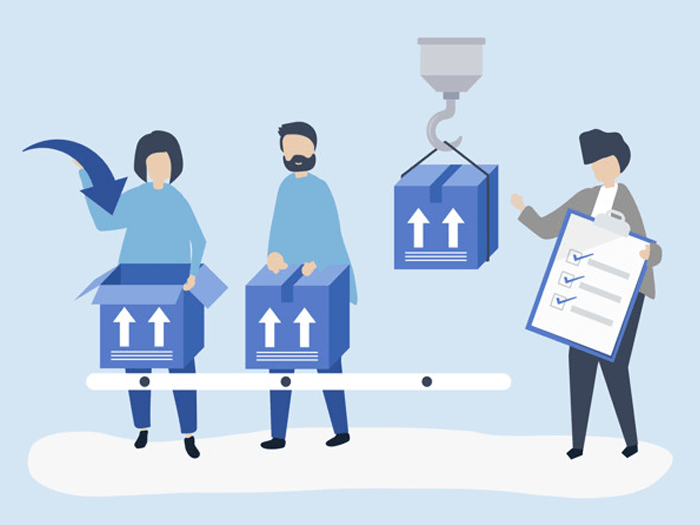
Delivering value to customers is the reason any business exists. When your business provides products or services that give your customers an opportunity to accomplish their goals, they receive value.
When your business adds true value, customers are willing to pay for that value. They also come back for more, follow your company’s website, blogs and social media posts to stay informed, and even refer your business to people they know.
Value creates loyal customers that generate revenue which enables businesses to survive. By shifting your focus to providing value that focuses on your customers’ wants you start helping and stop selling.
Here are five steps to help you create great value for customers:
Step 1: Know What Drives Value For Your Customers
Step 2: Understand Your Value Proposition
Step 3: Customer’s Segmentation
Step 4: Create a Win-Win Price
Step 5: Focus on your most valuable customers
Step 1: Know What Drives Value For Your Customers

Today’s Customers have an overwhelming abundance of choice. They have high expectations (value) and little loyalty to spare if brands fail to meet them. It’s very much a buyer’s market than a seller’s market.
Knowing what drives value to your customer is the first step to your marketing magnetism.
If you provide enough value, then you earn the right to promote your company in order to recruit new customers. The key is to always provide value. – Guy Kawasaki
Customer Value is the level of satisfaction of your customer towards your business. It is a measure of what aproduct or service is worth to a customer against the possible alternatives.
Value for one customer may not be the same as another.
However, value, or perceived value, can change over the course of the customer’s journey. They’ll have some idea of the value you offer when they’re first introduced to your product or brand, and this will change once they begin to interact with you and your product or service, your people, and even other customers.
Talk to them, survey them, and watch their actions and reactions. In short, capture data to understand what is important to your customers and what opportunities you have to help them.
This is far easier than you can imagine. Your customers already know what interests them. They already have subconscious and conscious drivers. They already know the problems they have, and may even know the solutions they need.
You just need to understand what drives value for your customers. Good customer research including talking to them, taken surveys, and watching their actions and reactions, can help you discover what matters most to them.
In short, capture all data to understand what is important to your customers and what opportunities you have to help them.
This is important because the results of your efforts to create value are measured in the customers’ perception of that value.
Step 2: Understand Your Value Proposition
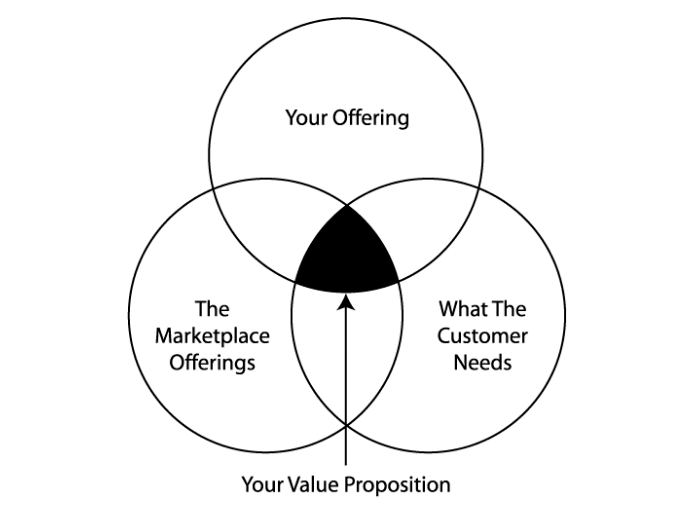
A value proposition is a statement that answers the ‘why’ someone should do business with you. It should convince a potential customer WHY you’re different from others and HOW your service or product will be of more value to them than similar offerings from your competition.
“Make something people want and sell that, or be someone people need and sell you.” –
The value customers receive is equal to the benefits of a product or service minus its costs.
The big question:
- What value does your product or service create for them?
- What does it cost them–in terms of price plus any other added costs of ownership or usage (e.g., how much of their time do they have to devote to buying or using your product or service?)
Consider all the businesses out there offering exactly what you offer. With similar products or services, customers have no choice but to make a subjective choice.
Your value proposition is where you win them over. You need to understand your value proposition so that you communicate what makes you different, and continually work harder to set yourself apart.
You can do that through:
- Identifying what you’re good at and owning it
- Make your value proposition clear in all your communications
- Ask customers why they buy from you, use feedback to boost your value proposition
- Quantify your value with real data
- Communicate the benefits of your service so customers can see the value
Squeezing all of your value into one proposition isn’t easy, which is why we’ve come up with a guide that you should follow before you cement your value proposition. {lead magnet]
Step 3: Customer’s Segmentation
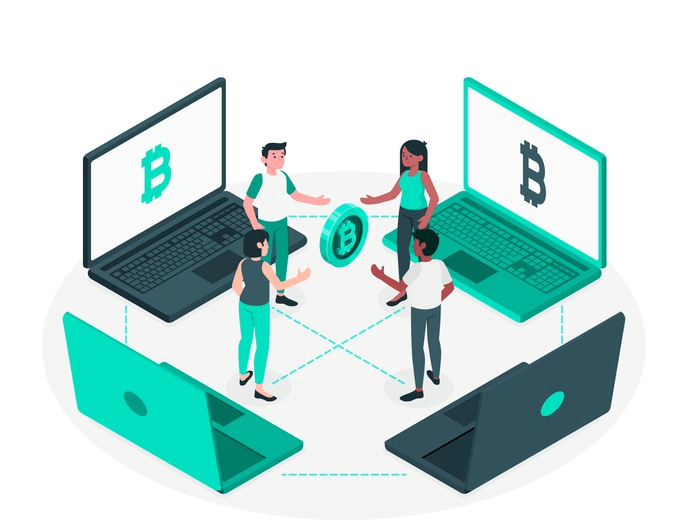
Different customers will have varying perceptions of your value relative to your competitors, based on geographic proximity, for example, or a product attribute that one segment may find particularly attractive.
Rather than trying to shoehorn the same value proposition to your entire audience, identify what tickles different segments.
I mean segmenting your customers. Segmenting, at its most basic, is the separation of a group of customers with different needs into subgroups of customers with similar needs and preferences.
By doing this, you can better tailor and target your products and services to meet each segment’s needs. This isn’t, as McKinsey’s John Forsyth says, simply for marketing or retail firms.
“We see many, many companies saying, ‘I want to get more consumer-driven and customer-facing. But sometimes the organizations don’t know how to start. I’d say you really start with a basic understanding of your consumers or customers, right? And that’s segmentation.” – By Philip Kotler
Segment your audience based on what they value, and adjust your message to each. Value could vary based on season, geography, demographics or certain product attributes. What an adult considers as value, for example, can be completely different than that of a teenager.
If you have a target market cut out for you, then all you have to do is get in the shoes of your customer, and figure out what’s a gesture they would appreciate.
Step 4: Create a Win-Win Price

Set a price that makes it clear that customers are receiving value but also maximizes your “take.” Satisfied customers that perceive a lot of value in your offering are usually willing to pay more, while unsatisfied customers will leave, even at a low price.
“The true test of character is to live win-win even when promoted to positions where win-lose is possible.” –
Using “cost-plus” pricing (i.e., pricing at some fixed multiple of product costs) often results in giving away margin unnecessarily to some customers while losing incremental profits from others.
Step 5: Focus on your most valuable customers

Disproportionately allocate your sales force, marketing dollars, and R&D investments toward the customers and segments that you can best serve and will provide the greatest value in return. Also, allocate your growth capital toward new products and solutions that serve your best customers or can attract more customers that are similar to your best customers.
“As an entrepreneur, value creation will always be your first line of defense against business failure.” –
Your customers are the lifeblood of your business. They are the source of current profits and the foundation of future growth. These steps will help you find more ways to grow your business by better serving your best customers.
.
10 Steps To Your Customer’s Paying Power
It is an undeniable fact that Customer is the most valuable asset to every business. Without them there will be no business existence. In fact, customer’s service is the integral part of a business sucess.
Let me put it straight; Your customer is the Boss and not you.
To that end, knowing what drives your customer’s paying actions is a key to your revenue growth.
In this article, I will be sharing with you 10 steps to your customer’s paying power which is pertinent to your revenue growth.
STEP 1: Listen To Customer’s Feedback

You are in business to service the needs of customers, and you can only achieve that better if you can figure out what your customer’s want are. One way to do this, is to listen to your customer’s feedback.
HundredX, a company that creates listening/feedback software for enterprise business clients conducted a survey on more than 500 business executives and found that 94% believed the following statement: “Listening to customer feedback is increasingly critical to the bottom line.”
Indeed, it is the fuel for your revenue growth.
When you truly listen to customers feedback, you’re well informed of what they want and provide good services that satisfy their wants.
However, it’s helpful to differentiate between a customer’s want and need. A want is much more powerful than a need. if you sell to someones needs, they will always buy the lowest cost solutions that meets their needs.
But when you sell to their wants, you will experience a rapid growth in sales.
But how can you do that?
Simple! Take the time to identify customer wants by asking questions and concentrates on what the customer is really saying.
Listen to their words, the tone of voice, body language, and most importantly, how they feel.
Nothing makes a customer more happier than feeling that thay are being heard. HundredX cites a report from Applied Marketing Science which found that customers who receive responses to their tweets are willing to spend 3-20% more on average-priced items.
Thus, a happy customer worth more than a satisfied consumer. So beware of making assumptions, thinking you intuitively know what your customer wants when in reality you don’t.
Here are Some simple ways on how you can receive customer feedback:
- Following up with customers after a sale (email or phone call)
- Sending your customers surveys
- Having a comment or service level satisfactory machine at check out
- Offering customers 10% off their next purchase if they answer an online questionnaire about your business
- Asking customers that switched service providers what made them switch
- Having employees, managers and owners available and physically visible to personally talk to customers face-to-face
STEP 2: Identify And Anticipate Your Customer’s Wants

Did you know that customers don’t buy products or service? They buy emotional satisfaction and solutions to their wants. Most customer wants are emotional rather than logical.
No matter how good your product or service may be, the simple truth is that no one will buy it if they don’t want it or believe that they need it. And you won’t persuade anyone to buy what you’re offering unless you understand what it is that they really want.
The more you know your customers, the higher you chances to anticipating their wants.
So it’s well worth making the effort to find out:
- Who They Are
For individuals, find out your customers’ gender, age, marital status and occupation. For businesses, find out what size and kind of business they are. For example, are they a small private company or a big multinational? - What They Do
For individuals, it’s worth knowing their occupations and interests. For businesses, it helpfull to have an understanding of what their business is trying to achieve. - Why They Buy
Know why customers buy a product or service, then, match their wants to the services your business offers. - When They Buy
Approach a customer just at the time they want to buy, you will massively increase your chances of them buying from you - How They Buy
Learn how customer buys. For example, some people prefer to buy from a website, while others prefer a face-to-face meeting. - How Much Money They Have
Match what you’re offering to what you know your customer can afford. - What Makes Them Feel Good About Buying
Know what tickles your customer, and serve them in the way they prefer. - What They Expect of You
Understand what your customer expect from you. For example, if your customers expect reliable delivery and you don’t disappoint them, you stand to gain repeat business. - What They Think About You
Make your customer think good of you. If your customers enjoy dealing with you, they’re likely to buy more. - What They Think About Your Competitors
If you know how your customers view your competition, you stand a much better chance of staying ahead of your rivals.
Once you have these knowledge, you can use it to influence your customer paying power in their best interest.
STEP 3: Always Make Customers Feel Truly Valued
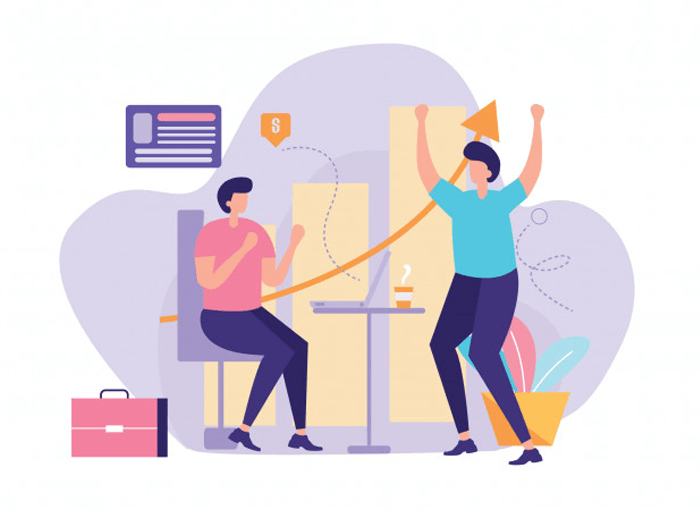
I guess you’re familiar with the three words: “Dear valued customers…” Those three words are often used to begin a notice or anouncement, expecially when businesses are about to deliver bad news.
Making your customers feel valued is so much more than the “Dear valued Customers” words on a piece of paper and should be done without impending bad news.
When customers feel valued, they become loyal and always willing to take a paying action.
Here are a few ways to make your customer feel truly valued:
- Pay Attention To Your Customer Details
It’s important for any good business owner to try to get into the mind of potential customers. The only way to do that is to pay attention to their details.
For example, if you are pharmacist, and a customer says they are allergic to a particular drug, it is your duty to ensure that your workers pays attention to the details that will keep that customer from having a potentially deadly reaction.
These are the details embedded in the service you are providing. Owners who fail to take customer’s details into account are actually setting up their business for failure.
You never want your customers to feel like they’ve been ignored! so start paying attention to you rcustomer’s details.
This attention to detail shows the customer that you are listening, and in turn, makes them feel truly valued.
- Use Their Name
Remember customers are human too. Everyone loves to be acknowledged, even in little ways. One thing you can do to make sure you treat your customers like real people, and not just robots with their names on your computer screen, is to Use their name.
Dale Carnegie once said “A person’s name is to him or her the sweetest and most important sound in any language.” and in the world of customer service, it couldn’t hold more truth.
You can use your customer’s name in a number of different ways. For example: Say the customer’s name immediately upon meeting them for an appionment, Begin each email by addressing the customer by name, and at the end of the transaction use their name while thanking them.
STEP 4: Good Body Language

While verbal and written communication play a good part in the corporate world, it’s crucial not to overlook the importance of body language.
Non-verbal communication like the way you hold yourself in a meeting, or your ability to commit to eye contact can either inpend or enhance the message you’re sending.
Always display a good body language towards your customer. And be sure that it conveys sincerity. Most importantly, let your words and action be congruent.
Body language in business, sets the pace for people to communicate with others on a more friendly and deeper level. From your facial expressions to your body movements.
According to studies from language and psychology experts, body language might even have a bigger impact on a conversation than the words that you choose.
Over 55% of all messages come from non-verbal cues like posture and gesture, and Studies show that people remember 10% of what they hear and 20% of what they read, but about 80 percent of what they see and do.
When it comes to using body language for business, here are some of the most critical characteristics that you can convey:
- Confidence: Throughout history, entrepreneurs and business leaders project confidence in the way that they hold themselves. Just look at Richard Branson of Virgin Media. He shows confidence wherever he goes with plenty of open body language and big smiles.
-
Assertiveness: Assertiveness is a crucial part of body language in business communications. Whether you’re selling to consumers or trying to prove the value of a new business strategy to shareholders, it’s important to be assertive.
-
Interest: Communication works best when everyone involved is interested in what the other person is saying. Showing an active interest in every conversation indicates professionalism, which is ideal for building better consumer and employer brands.
- Intelligence: Body language methods can even make people seem more intelligent. Nodding along and showing comprehension with complex topics, or schooling your face not to show confusion during a complicated situation can be an essential way to “save face” in business communications.
- Empathy: Just as it’s important to show your IQ with body language in business, it’s also valuable to demonstrate your “EQ” or emotional intelligence. Professionals who can decipher and respond to the emotional needs of their colleagues and customers have the best chance of thriving in today’s competitive marketplace.
STEP 5: Customers Understanding of Your System

There should be no power shift between your brand and customer. Help customers understand your system.
Your business may have the world’s best systems for getting things done smartly, but if customers don’t understand them, they can get confused, and that can make you miss a great deal.
Take time to explain how your systems work and how they simplify transactions. Use simple and clear words.
Business that put their customer at the heart of their sytem or process will experience an increase in customer lifetime value and a reduction in churn.
STEP 6: Don’t Neglect The Power of “YES”
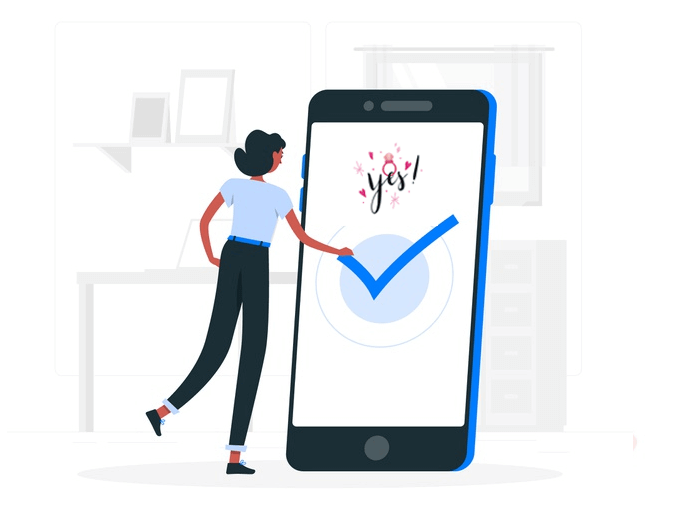
If you own a business or work in an environment where customer satisfaction is paramount, you may be no stranger to the concept of the power of “yes.”
I had the pleasure of being on the receiving end of some exemplary “yes-thinking” action. I was so impressed by the lengths that my team went in order to deliver “yes” for my customers, that it inspired me to reflect on what I’ve learned about the power of yes in my own business life.
No doubt, yes is a powerful word but if you’re unable to fulfil a request or you don’t think you can fulfil the request. Help them find an alternate remedy. Whether that remedy is your business or another, they will appreciate the extra mile you went to help them, and will recommend your business to their network.
Always look for ways to help your customers. When they have a request (as long as it is reasonable) tell them that you can do it. Figure out how afterward. Look for ways to make doing business with you easy. Always do what you say you promise.
STEP 7: Know How To Apologize

When something goes wrong, apologize. It’s easy, and customers like it. You already know how it goes:
“We apologize for the inconvenience.” “Sorry for the trouble, we are looking into this matter.”
Apologies display empathy–something experts credit as a force that drives business forward. That could also help secure higher business deals and drive company growth.
You’ve heard that “the customer is always right.” Not everyone agrees. Well, i will say that Customer may not always be right, but must always win.
Pete Fader, Professor of Marketing at the University of Pennsylvania, shares why in his book Customer Centricity.
It’s not always easy to identify instances when your business is at fault compared to times when a customer’s demands are unfair..
Still, there is a time and place where apologizing is critical.
I mean instances where you’re responsible for poor customer or user experience. something that 55% of customers are willing to pay more for (if the experience is guaranteed).
Even the largest ecommerce website Amazon fell into such situation and apologize for delayed shipping.

So deal with problems immediately and let customers know what you have done. Make it simple for customers to understand. Value their complaints, it gives you an opportunity to improve. Even if customers are having a bad day, go out of your way to make them feel comfortable.
STEP 8: Give More Than Your Recieve

There is an old saying: It is better to give than to receive. And another old saying: The more you give, the more you get.
These are both true in life, and you’ll agree with me that every part of life is business. Giving is better part of the customer experience.
Customers like to receive, and when they do they return the favor by spending their money with you. We call it “The Law of Reciprocity”.
Zig Ziglar, the late and great motivational speaker summed it up well when he said, “You will get all you want in life if you help other people get what they want.
The future of all companies lies in keeping customers happy, so think of ways to elevate yourself above the competition.
Consider the following:
- What can you give customers that they cannot get elsewhere?
- What can you do to follow-up and thank people even when they don’t buy?
- What can you give customers that is totally unexpected?
STEP 9: Get Feedback Regularly

Its a good practice to get feedbacks regularly. One way to achieve that is to encourage and welcome suggestions from customers on how you could improve you business for better customer experience.
There are several ways in which you can find out what customers think and feel about your services.
These are:
- Listen carefully to what they say.
- Check back regularly to see how things are going.
- Provide a method that invites constructive criticism, comments, and suggestions.
STEP 10: Treat Employees Well
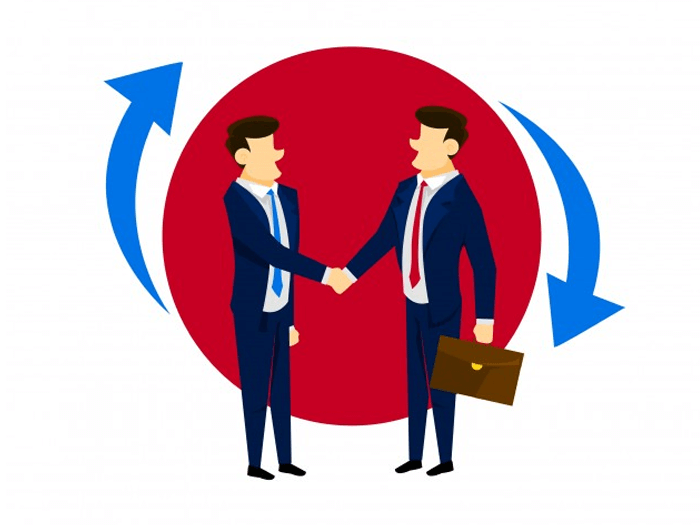
Did you know that Employees are your first customers and need a regular dose of appreciation.
Thank them and find ways to let them know how valuable they are to your business. Treat your employees with respect and chances are they will have a higher regard for customers. Appreciation stems from the top. Treating customers and employees well is equally important.
.The Power of Marketing Automation
In this complex business society, every business is seeking ways to icrease their customer size without having to grow their employee base.
But only a few is really getting the most out of it? while others are leaving money on the table.
As customers keeps evolving, so does the unpredictable business landscape.
Today, the best performing business (both B2B and B2C) use marketing automation to simplify their business processes and marketing actions.
In this article, I will explain the real life benefits and application of marketing automation to help you decide if it’s the right service for you.
I know you’ve heard about it, you know plenty of marketers are infatuated with it, but at the end of the day you still ask:
What is Marketing Automation?
Even if you’ve heard the term marketing automation before, it may still sound like something from a futuristic Industrial Revolution.
Let’s define marketing automation:
Marketing Automation refers to software that enables you to carry out marketing hands-free, without continual manual labor.
According to Marketing Automation Best Practices, Econsultancy, is ‘a platform that supports the marketing process, enabling targeted communications that nurture leads until they are sales ready, better management back-end technology that enables better, faster, more relevant, more accountable
These tools can automate repetitive tasks such as sending emails, scheduling and publishing social media posts, setting follow-up reminders and sending promotional content to customers.
They can also be leveraged to assist with lead generation, relationship marketing, cross-selling, upselling and more.
These may not be convincing enough because what you care about is return of investment (ROI), which is great. That’s why you are an outstanding business servant.
I agree 100% with your; but you’ll also agree with me that ROI balls down to your key marketing efforts and action. That is why marketing automation is so vital; it has a massive return on investment for your business.
Due to the overwhelming amount of responsibilities and tasks that marketing juggle, marketing automation has soared in popularity. According to Forrester researchers, marketers are projected to increase spending for marketing automation by 14% over the next five years.
It may suprise you to know that majority of business owners are resentful of marketing automation services.
A few of the reasons are as follows:
- They assume that marketing automation is an expensive tool
- They think creating content is taxing and hard
- They think configuring the campaign to their business model is too complex
- And finally (and probably most importantly) they don’t understand exactly how marketing automation works
Now let’s look at the:
Benefits of Marketing Automation
Every company is different, in terms of vision, goals, product/service and audience. No matter your focus, with a marketing automation software, you’ll have the potential to capitalize on numerous benefits like:
Save Time

One of the biggest benefits from automation is the time saved on repetitive task. With these systems in place, employees no longer need to spend time sending out emails, sharing social media posts at regular intervals, posting digital ads, sending out follow-ups or doing numerous other repetitive tasks.
The fewer hours you or your team spend on these repetitive task, the more hours you have to strategize, brainstorm, host client meetings.
With more free time, these employees can focus on the creative side of the job again and likely become more effective, productive and fulfilled workers.
This software also could improve your bottom line, as you may be able to cut down on staffing costs. While the software aims to empower marketers to be more effective, it may take the place of some junior-level employees. More importantly, if your employees are able to focus on more interesting work, you may see a decrease in costly turnover.
Optimize Your Marketing Processes

These tools are designed to enhance your existing marketing capabilities and improve your marketing strategy. This is not an exhaustive list, and full capabilities will depend on which solution you choose, but some of the ways automation improves the marketing process include:
• Continuously A/B testing content to see which performs better
• Storing all marketing collateral, interactions and details in one centralized location
• Allowing advanced and evolving segmentation of the target audience
• Creating hyper-personalized and ultra-targeted campaigns (without sacrificing automation)
• Managing pipeline from initial lead to conversion to up-sell
• Creating parameters for contacting and following up with leads across multiple channels
• Building robust customer profiles
• Collecting information about leads through forms and landing pages
• Nurturing leads through repurposed content
Think of the Coca-Cola Campaign: “Share a Coke”. It lets people give Coke bottles with people’s specific names on the labels. Like Bobby. Courtney. Dean and so on.
That one adjustment meant big money. According to this article, there was a 2% increase in soft-drink sales, growing consumption from 1.7 to a whopping 1.9 billion servings a day.
In fact, research from Pinpoint Marketing shows that using someone’s name in an email can increase the open rate by up to 35%!
Shorter Sales Cycle
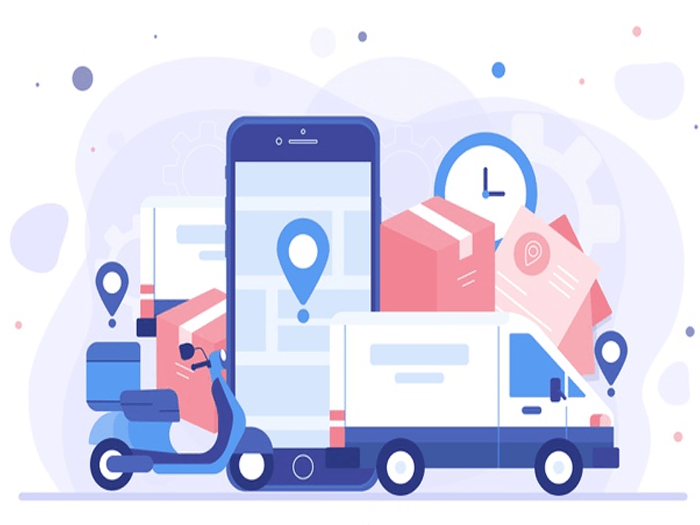
Marketing automation drastically reduces the sales cycle, because unlike lead generation and pipeline management, marketing automation focuses primarily on converting leads into customers – rather than acquiring as many leads as possible.
Marketing automation bridges the gap between when a customer expresses an interest in your business and the time it takes for them to receive valuable content (like social media, an offer or an email) which encourages them to complete their purchase.
Marketing automation is not just for the marketing department. This technology can be incredibly useful for the sales team as well.
Based on the rules you set when you start using the software, the platform will assign each lead a score. Depending on the score, a lead can be listed as a marketing qualified lead or a sales qualified lead.
These scores and labels can influence which marketing campaigns or sales actions the potential customer will receive. This tool essentially takes the guessing out of lead scoring and keeps sales from wasting time on unqualified leads.
Marketing automation platforms can also send alerts when the lead is engaging with your business or brand. The alert tells the sales team when the prospect is most likely to convert or buy, so your rep can reach out then. It can greatly reduce the time and frustration wasted on failed cold calls.
Improve analytics and reports
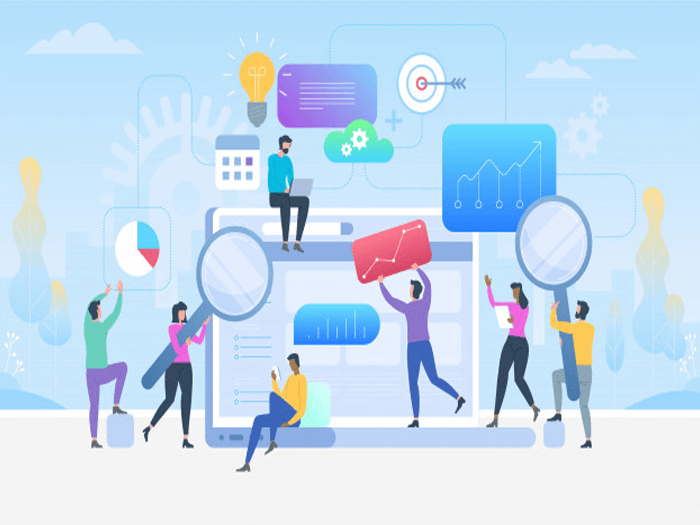
Marketing automatic gives your business access to behaviour metrics which you can then be used to fine-tune your entire marketing strategy. To put this into perspective, when a prospect enters their contact details through a form on your website, your marketing automation software will then begin to monitor that specific user every time they access your site. This data allows you to setup “actions” based on your choice of triggers. For example, if a particular customer is routinely looking at the TV section of your website, you can use then send that user an automatic email with the latest deals or content of your choice to increase your sales.
In short, marketing automation lets you gauge the interest of their prospects and their engagement, rather than waiting patiently for them to contact you. This means you can follow “hot leads” immediately as opposed to waiting and letting the opportunity slip away.
Most automation packages include advanced analytics and reporting, so you’ll be able to more effectively measure ROI (return on investment). The detailed attribution reports should be able to tell you how a campaign:
• Performed in various segments and channels
• Impacted KPIs (key performance indicators)
• Contributed to company revenue
Prior to the digital age, it was hard to measure which advertising and marketing campaigns influence customers’ decisions. Now, especially with automation, you have the answers in the software. These tools allow you to generate reports at multiple levels including contacts, custom event, company, revenue and ROI.
With this information, it’s easier to track the entire lifecycle of a campaign and make more informed strategic decisions.
Saves money and increase revenue

Despite the initial investment cost, marketing automation will save your business hundreds or even thousands of pounds in the long-run. With marketing automation, the days of logging into different accounts for different tasks is over! Marketing automation is like a master control panel giving you access to lead flow, customer dashboards / interactions, website metrics, customer engagement rates, emails and social media (and much more) all under one roof.
This will save your staff a great deal of time, allowing them to focus on different tasks in your business, as well as eliminating the risk of human error.
With better lead scoring, nurturing and conversion, customer relationship management, targeting and the ability to automate up-sells and cross-sells, automation technology can enhance a customer’s lifetime value. Sales cycles are also likely to get shorter, which means your sales staff could potentially increase the number of leads they convert every year.
These improvements can result in increased revenues – which can be specifically attributed to certain actions along the sales cycle thanks to automation tech – for your department and business.
Top 10 Marketing Automation Software Platforms For 2020
Now that we have established the key features of marketing automation platforms, let us dive into the ten most popular marketing automation software tools for 2020. We evaluate them based on their offerings, compatibility, pricing, and suitability.
1. HubSpot
Known as a leading growth platform, HubSpot gained fame for its inbound marketing campaign offerings. Founded in 2006, the tool has over 64,500 subscribers for its marketing hub, sales hub, and service hub, along with a powerful CRM. The company also hosts the HubSpot blog, which is a content goldmine for beginners to marketing as well as small marketing teams.
HubSpot offers advanced features such as landing pages and forms, dynamic content, SEO, social media automation, automated email responses, and detailed personalization of emails in addition to basic automation features. These features make the tool the right choice for startups and small- and medium-sized business (SMB) marketing teams.
HubSpot is also compatible with all leading CRMs and applications such as Salesforce, Gmail, Outlook, Slack, Zapier, etc.
Although the tool offers a lifetime free CRM version, advanced features range between $50 to $2400 per month. With the ‘customer comes first‘ approach and easy-to-use experience, HubSpot makes the list for the top 10 marketing automation tools to consider in 2020.
2. Maropost
G2 Research has named Maropost a leader in marketing automation and personalization software. Maropost is a Toronto-based marketing automation start-up that provides unified customer engagement solutions for brands and retailers in the B2C space.
The tool offers advanced features such as multi-channel customer engagement, machine learning and AI-powered recommendation machines, and e-commerce optimization platform. These features make the tool an ideal match for B2C conglomerates and retail brands, as well as the ever-competitive e-commerce business.
Maropost is highly scalable and offers API integrations on multiple platforms as well as custom integration for third-party tools. These factors push Maropost to one of the top spots in the list of marketing automation tools for 2020.
3. ActiveCampaigns
ActiveCampaigns is a leader in the small business marketing automation space. A go-to choice for small marketing teams, the tool has all the basic functionalities of an ideal marketing automation platform, with some advanced features. ActiveCampaigns serves more than 50,000 customers as of 2019 with its robust automation services.
The tool offers advanced features such as contacts and leads scoring, site and event tracking, dynamic content, SMS marketing, predictive sending, and a mobile application, in addition to basic automation features. Review sites and research experts have often reported ActiveCampaigns to be an ideal fit for small business and marketing teams.
The tool can be easily integrated with multiple platforms. The pricing for the tool ranges between $9 to $229 per month, making it a natural choice for startups not wanting to invest heavily in marketing automation. With its competitive pricing and readily available features, ActiveCampaigns will be on the top of the marketing automation platforms list of 2020.
4. Mailchimp
Every email marketing professional worth his salt is familiar with Mailchimp’s email marketing platform. But the email marketing giant is now heavily invested in marketing automation for small and medium-sized marketing teams. Renowned for its brand mascot Freddie, and an excellent user-experience with its witty call-to-actions, Mailchimp has become a favorite for content marketers wanting to promote their content efforts via marketing automation.
Mailchimp’s marketing automation suite offers advanced features such as creating HTML email templates, landing pages, Google remarketing ads, and Facebook and Instagram ads, A/B and multivariate testing, and standard and comparative reports.
Another reason for being popular among SMBs and startups is that Mailchimp offers free basic features. The paid features cost between $9.99 to $299 per month.
5. Act-On
Act-On is a marketing automation platform best suited for medium-sized businesses. It promises faster time-to-value along with best-in-class customer service. The tool is also recognized as a visionary in the 2019 Gartner Magic Quadrant for CRM Lead Management.
Act-On offers an advanced feature called the Adaptive Journeys that customizes forms, channels, message scheduling, and lead scoring based on customer-specific preferences and behaviors. Its sub-features of inbound, outbound, and analytics help enhance landing pages, website engagement, social media, lead nurturing, lead scoring, customer segmentation, and reporting.
The tool is compatible with Salesforce, Microsoft Dynamics, SugarCRM, and Infor CRMs.
The price for Act-On ranges between $500 for onboarding to $900 for multiple users. Act-On is one of the marketing automation software tools in 2020 that is rightly suited for medium-sized businesses looking to enhance their marketing operations.
6. Keap (Infusionsoft)
Infusionsoft, now Keap, is an advanced marketing automation tool ideal for small businesses and freelancers. The product serves over 145,000 users across multiple industries with powerful campaign building solutions.
The tool offers advanced features such as capturing and tagging new leads, assigning tasks, and sending emails that nurture new leads. Highly rated for its outstanding service, Infusionsoft acts as an all-in-one CRM, sales, and marketing automation platform.
The tool provides easy integration with Gmail, Outlook, Shopify, Microsoft, WordPress, and many more platforms.
Infusionsoft offers a free trial period of 14 days, following which the price range starts from $99 and may differ according to custom plans.
7. Sendinblue
Sendinblue is an all-in-one digital marketing toolbox that provides relationship marketing solutions. With advanced features such as landing pages, Facebook ads, retargeting campaigns, complex automation workflows, and transactional emails, Sendinblue is an ideal fit for medium-sized businesses looking to expand their marketing functionalities.
The tool offers a free version for basic features and a paid version ranging from $25 to $173 for advanced features. Sendinblue is a close competitor of Mailchimp and offers similar features. Its advanced features and modern appeal make it a contender in the top ten marketing automation platforms of 2020.
8. Ontraport
Ontraport is a CRM and marketing automation tool that claims to manage all your marketing assets in one place. It is an ideal automation solution for entrepreneurs, solopreneurs, and small businesses.
Ontraport boasts all basic features of a marketing automation platform, along with advanced features such as landing pages, forms, process automation, funnels, and journey-mapping. These features make the tool a natural choice for entrepreneurs looking to enhance their customer experience.
Ontrport also offers easy integration with Quickbooks, Xero-XOSync, and other applications. It comes with a free trial of 14 days. The basic plan starts from $79 and expands up to $470, based on features. If you are a small marketing team looking to explore the advanced features of marketing automation, Ontraport is the right choice for you in 2020.
9. Autopilot
Autopilot is a visual marketing automation software tool that provides seamless user-experience to marketers. The product offers multi-channel marketing solutions with a highly advanced visual experience.
The tool includes advanced automation features such as lead scoring, nurturing, marketing analytics, customer journey maps, and customer segmentation. It enables marketers to create highly personalized customer experiences that enhance lead generation.
With easy integration possible for popular applications such as Facebook, Salesforce, Google Ads, and Twilio, the tool is an excellent choice for integrated marketing campaigns.
Autopilot offers a 30-day free trial, following which the pricing ranges from $49 to $249 per month for advanced features. Scale up your marketing efforts in 2020 using this seamless automation engine.
10. Marketo
Marketo has become a popular brand in the marketing automation space in the recent past, and rightly so. The tool offers a powerful automation platform that focusses on account-based marketing.
The tool is well known for the simplicity of its basic features, and also offers advanced, complex features such as account insights and account profiling, digital ads, mobile marketing, revenue attribution, marketing analytics dashboard, and predictive content.
These advanced features make it a perfect match for the medium as well as enterprise businesses working with larger and complex datasets.
Acquired by Adobe in 2018, the pricing for Marketo starts at $895 per month.
.How To Design A Killer Marketing Campaign
When running a business, marketing could be a difficult task. Off course, you’re focused on keeping your current customer’s happy so that they stick around and hopefully pass you referrals.
You enjoy the benefits of new clients finding you, usually because of their own efforts rather than yours.
Though it may have worked well for you until now, but it’s not a reliable or consistent approach to growing your business.
To attract new customers and make your business goals a reality, you’ll need to include marketing campaigns into your ongoing marketing strategy.
The term ‘marketing campaign’ are misused in several ways and many people don’t really understand what it entails.
If you are new to marketing campaign, it can be tough to understand all of the working parts. or if you’re already on it, you may still find it difficult to come up with an effective campaign that will produce the result you want.
However the case may be, an effective marketing campaign demands a great deal of time, patience and planning.
In this article, I will show you everything you need to design your marketing campaign and make it a success.
But before we jump into that, let’s first discuss the:
Concept of Marketing Campaign

Marketing campaigns are organized, strategized efforts to promote a specific business goal, such as raising awareness of a new product, service or capturing customer feedback.
Marketing campaign could also be to communicate new or existing product or service to a targeted audience, to reinforce the brand promise and brand positioning, or acquire more customers to bring in more revenue to the organization.
It’s concepts are typically aim to reach consumers in a variety of ways and involve a combination of media, which includes but not limited to email, print advertising, television or radio advertising, pay-per-click, and social media.
In simple words; a marketing campaign is a series of actions:
- that exists outside of your ongoing marketing tasks and meant to achieve a particular task.
- Has a budget (even if it’s a $0).
- Has a specific desired outcome.
- Starts and ends on a specific date.
As an example:
You’re trying to attract new clients in a particular business dealings, so you host a number of events such as advertising in the local paper, and ask existing customers for referrals. At the same time, you still continue your inbound marketing operation—running Facebook and Google Adwords ads, writing blog content, and so on.
If you’re skeptical whether you’re running a campaign, ask yourself;
“When am I beginning this project or activity, and when am I wrapping it up?”
If the answer is “now” and “never,” it’s an ongoing part of your marketing strategy, NOT a campaign.
But if the answer is something like, “january 2” and “August 11,” then you’re probably launching a campaign.
Similarly, most of the Nike advertisement you see or hear on your way to work are often not part of a marketing campaign but a prt of their marketing strategy.
But, when you see a Nike billboard, scroll past a Nike sponsored Instagram post, or receive a Nike email all promoting the same product. You’ve definitely witnessed a marketing campaign.
Now that you’ve known what marketing campaign is,
Lets dive into the steps to:
Planning Your Marketing Campaign
Planning is important to the effectiveness of your marketing campaign. It helps you determine how to measure your success and serves as a “Go-To” guide for you and your team when things are getting down.
Here are a few steps to come up with a successful marketing plan:
Step 1: Establish ‘SMART’ Goals
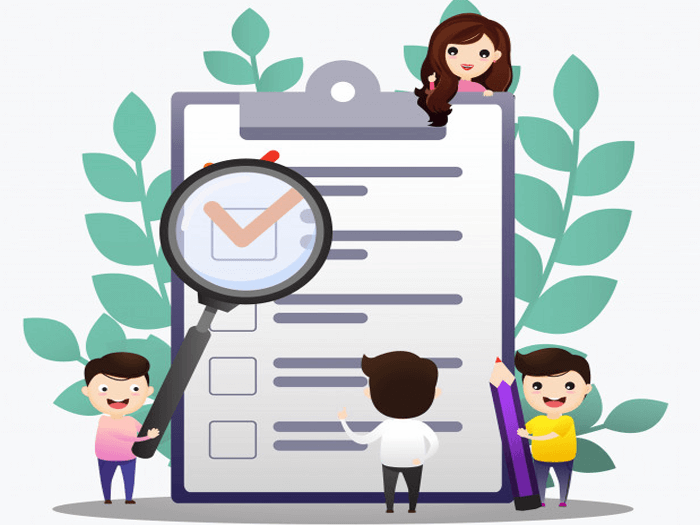
This is the very first step to begin with in your marketing campaign. Establish SMART (Specific, Measurable, Attainable, Realistic and Timely) goals for best results.
SMART goals keep you accountable and provide you with concrete ideas of goals for which to aim. For example; the goal of your marketing campaign is to gain 10 new clients every month using “Facebook marketing” featuring your new product line.
This goal is SMART as it is specific (new customer), Measurable (10 new customers), Attainable (through Facebook marketing), Relevant (featuring your new product line.) and Timely ( Every month)
Take a look at the list of goals below and see which one aligns best with your own business goals?
- Promote a new product or service
- Increase brand awareness
- Gather customer feedback or content
- Generate revenue
- Boost user engagement
- Advertise an upcoming event
- Increase sales
- Increase customers
- Improve retention rate
- Improve percentage of repeat customers
- Get good publicity
The more specificity your goal is, the better your results. Not only is it easier to gauge success when you’ve got a clear-cut goal, it also helps you plan.
Goals can be based around sales, customer satisfaction or profits.
It may also be to gain at least 20 new clients a month or to sell 30 products per week, or to increase your revenue by 40 percent this year through Facebook marketing.
Step 2: Identify Your Target Audience

You’ve successfully establish your SMART goals. Now it’s time to identify your target audience.
First, figure out whom you’re targeting. Understand their general demographic and needs. This will help you craft a relevant, valuable, and memorable marketing campaign.
Here are a few things you may want to consider:
- Age
- Gender
- Location
- Income bracket
- Job title
- Education level
- Interests
- Biggest challenges
Next, figure out what stage of the buyer’s journey your campaign is targeting.
Your marketing message varies, depending on whether your campaign audience is in the Awareness, Consideration, or Decision stage.
Are you trying to bring in new customers, or are you attempting to gather feedback from existing clients? Are you marketing your brand to those who recognize it, or are you introducing a new brand identity altogether?
It’s also helpful to note that a marketing campaign can include collateral for people in various stages of their journey. For example, while your campaign might target current customers, it might also bring brand awareness to new consumers.
Here are some questions to ask yourself and your team to better understand your audience.
- What are my audience’s general interests? What magazines do they read? What TV shows do they watch? How do they spend their free time?
- Where does my audience hang out online? For what purpose do they use Instagram, Facebook, and other networks? Do they engage or merely browse?
- What kind of content gets my audience’s attention? Do they respond to straightforward sales messages, or would they rather consume witty, humorous content? What cultural references would they understand?
- What kind of problems do they have that my product, service, or brand could solve?
Step 3: Choose Metrics To Measure
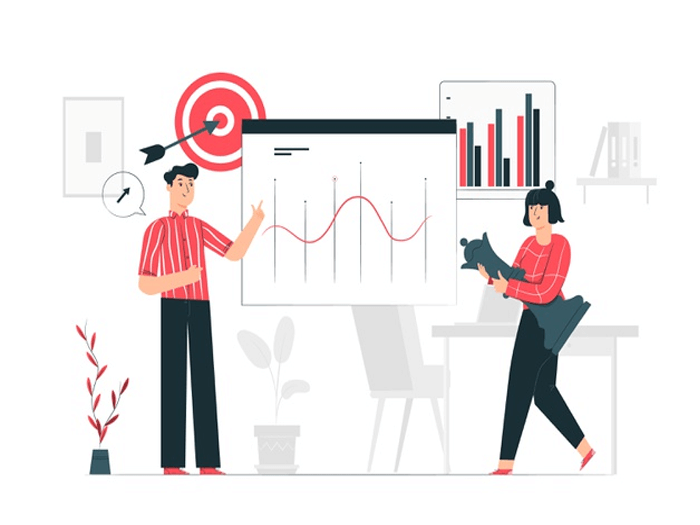
Choosing metrics to measure your campaign will depend on your campaign goal. Also, If your campaign involves multiple marketing efforts (such as social media, direct mail, and radio ads), it’s wise to define how you’ll measure your campaign on each channel.
Here are a few examples of metrics based on the campaign goals I mentioned above.
- For promoting a new product or service: Pre-orders, sales, upsells.
- For increasing brand awareness: Sentiment, social comments, press comments.
- For gathering customer feedback or content: Social comments, engagement.
- For generating revenue: Leads, sales, upsells
- For boosting user engagement: Blog shares, social shares, email interactions and engagement.
- For advertising an upcoming event: Ticket sales, vendor or entertainment bookings, social comments.
For example, let’s say I was running campaign (to gain 100 clients every month) on social media, email, and on our blog.
First, I’d define my key performance indicators (KPIs) for each medium, which may look like:
- Instagram engagements (likes and comments) and profile tags
- Email open rates and click-through rates
- Blog views, click-throughs, and social shares
- Then, I’d define my primary campaign KPI: Instagram branded hashtag.
While the above KPIs indicate how well my campaign is reaching and engaging my audience, my primary KPI tells me how close I am to reaching my SMART goal.
Step 4: Choose Your Marketing Channel
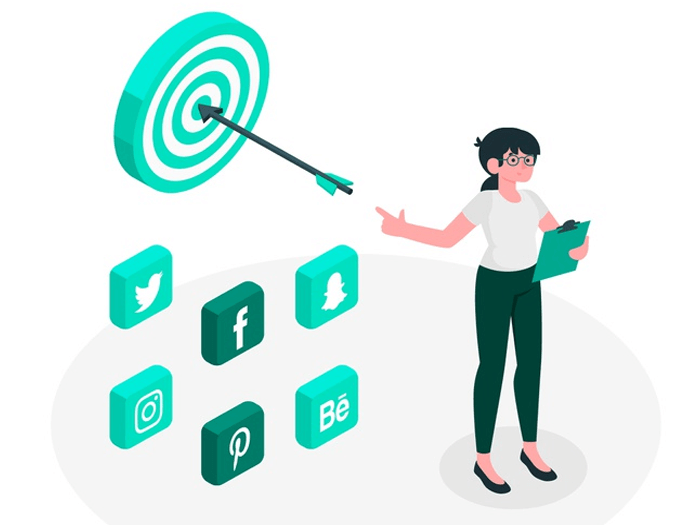
Marketing campaigns are like paintings: A simple one might include two color pallete, while a complex one might include 12.
In this metaphor, your promotion channels are your color pallete.
Typical channels include email, direct mail, radio, social media, TV, events, trade shows, online advertising, digital media, print media, and publicity.
However, your selection depends on two things: Your budget, and your answers from step #2 and #3.
As a small business, a TV commercial is probably out of your price range. Facebook ads, on the other hand, are affordable (as low as $1 per day) and cost-effective. Although it’s worth doing some research to see which other options are financially feasible.
Once you’ve prepared the list of channels, consider your audience. Most especially, know where they spend their time?
An effective marketing campaign incorporates multiple channels to touch potential customers as many times and in as many possible ways.
Think about what type of marketing your campaign will use. This choice depends on your audience preference, budget, and brand engagement levels.
Take a look at the current media channels you use to promote your company. Identify which one perform the best? Which one allow you to pay for advertisements? Which one have the best engagement? Most importantly, where are your customers hanging out?
It probably wouldn’t be wise to publish your campaign on a brand new medium on which your business has no presence. So, stick to those marketing channels on which you’re already killing it.
Start by choosing two or three channels for your campaign. Remember that you’ll need to alter or expand your marketing assets to fit the media channels you choose. Your campaign images, video, and copy might vary between social media, email, print, etc.
Lastly, even if you choose not to actively promote on a certain medium, you can always optimize it to at least mention your campaign. For example, you can update your social media bios, change your email signature, install a website header notification bar, add small calls-to-action (keep reading for more on these) at the bottom of blog posts, and more.
These efforts don’t require much extra work or resources but they promote your campaign nonetheless.
Step 5: Choose Metrics To Mornitor

The effectiveness of your campaign depends on the metrics you’ve chosen to measure. Which also depends on what tyoe of marketing campaign you’re running and what channels chosen.
Here is a list of metrics to watch per marketing channel.
Email Metrics
- Click-through rate
- Bounce rate
- Conversion rate
Social Media (Paid) Metrics
- Click-through rate
- Conversion rate
- Cost per click
- Cost per-conversion
Social Media (Organic) Metrics
- Passive engagements (likes and shares)
- Active engagements (comments)
- Follows
- Click-through rate
Lead Magnet/Content Offer Metrics
- Opt-in rate
- Cost per opt-in
- Follow-up email open rate
- Opt-in conversion rate
Display Ads/Paid Media Metrics
- Cost per thousand impressions
- Click-through rate
- Conversion rate
- Cost per conversion
Direct Mail Metrics
- Response rate
- Cost per conversion
- Average revenue per conversion
Content/SEO Metrics
- Click-through rate
- Bounce rate
- Time on page
- Page scroll depth
- Conversion rate
This may seem like a lot of metrics (depending on your campaign), but keeping an eye on these numbers can help you assess your campaign accurately and better understand how to improve.
Step 6: Design a Compelling Content
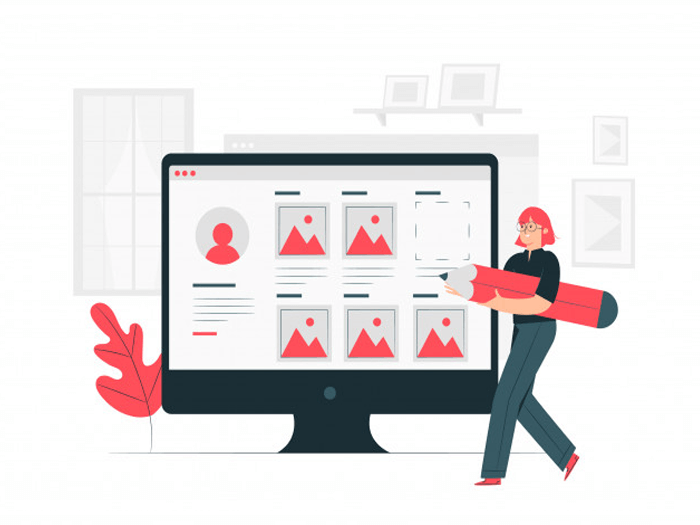
This step is all about calibrating your marketing efforts and channels to lead your customers to complete your desired goal. This is done through conversion assets like calls-to-action, landing pages, and lead forms.
These assets can be used separately or in conjunction with one another, such as featuring a lead form on a landing page, or creating a call-to-action asking your audience to fill out a form.
No matter what form your content takes, the most important thing to keep in mind is your audience and the content assets through which you’ll be promoting them.
Lets look at some of these content assets:
Calls-to-Action
Call-to-Action is an image, button, or message that guides visitors to take some action. It cut through the noise of today’s marketing and advertising world and give your audience a clear directive.
Your CTA should be specific and obvious to the people you are marketing to. It’s generally considered a marketing best practice to only include one CTA per campaign, in order to avoid confusing people or diluting your results.
But, there’s no one-size-fits-all for CTAs, especially in the case of marketing campaigns. Your campaign CTA can’t simply ask them to complete your goal. You must also consider how your audience would benefit from completing your action and include that in your CTA.
Your CTA can take many forms. If you’re creating a content marketing campaign, for example, you might choose to market a blog post or a video that encourages viewers to subscribe to your blog. In this case, your CTA would be subscribing to the blog.
If you’re implementing a direct mail marketing campaign, your content might be a postcard or flyer that asks recipients to redeem a discount. In this case, your CTA would be redeeming a code to receive a discount.
Landing Pages
A landing page is a web page that serves as the entry point for visitors who click on your banner ads or social media links. Landing pages are most frequently used to capture leads..
Landing pages give your campaign a home, a destination. They are a dedicated space for your audience to visit and learn more about what your campaign consists of and why they should participate. It also sets your campaign apart from the rest of your website and content.
Your landing page should be ripe with benefits for your audience, especially the unique value proposition (UVP) of your campaign.
High-converting landing pages also contain social proof and a variety of marketing assets like images, strong copy, and video.
Lead Capture Forms
Lead forms or lead capture forms are web forms dedicated to capturing information about a visitor. By filling out the form, the visitor then turns into a lead. Lead forms are not necessary for all campaigns, but they can be great assets for most others, such as product pre-orders and content offer downloads.
A lead capture form helps you gather users data. The form contains a series of fields to collect information from users in exchange for an offer.
Lead forms transform anonymous website visitors into hard data you can use to make sales and learn more about your audience. They put your landing page to work.
Step 7: Plan Your Campaign Calender
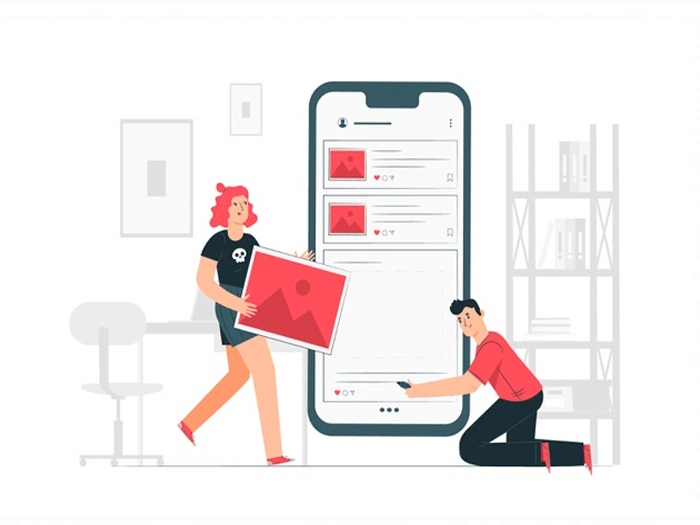
First, build a general campaign timeline. On a calendar, mark your campaign start date and deadline. This gives you parameters to work within.
Next, take a look at your marketing assets and chosen promotional marketing channels. Based on your people and financial resources, how often can you afford to post and promote your campaign content? Create a promotional calendar for each marketing channel.
Decide on the precedence for each channel and map out your scheduled posts, emails, etc. on your calendar.
Why should you map your campaign visually? It’ll help you evenly disperse your campaign promotions and publish equally on each medium. It’ll also give you an idea of where your time and energy is going so that you can look back when assessing the effectiveness of your campaign.
If your promotional calendar seems very, very full, don’t fret. Social media and email scheduling tools can alleviate the pressure of posting daily. Check out tools like HubSpot, Buffer, and MailChimp to help you schedule and manage your campaign promotions.
The promotional stage is all about getting your campaign in front of your audience.
Step 8: Analyse Campaign Data
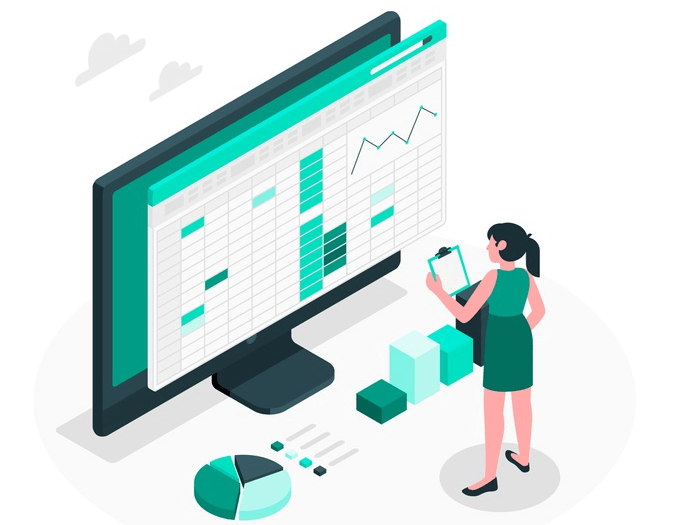
This step helps maximize your campaign’s business impact. When you analyze and apply your data, its value increases tenfold — not only did it help you measure and assess your campaign results, but it’ll also give you direction and clarity on your audience, marketing methods, creative prowess, and more.
Let’s look at Instagram campaign. Of course, images shared by your customers are helpful because they help you gather user content on social channels. But this “data” also provides insight into who your audience is, when and how often they post on Instagram and what language they use.
Lastly, spend time with your team reviewing your campaign. Ask yourselves questions like:
- What could’ve been done differently?
- How could we have saved money?
- For anything that went wrong, why do we think it went wrong?
- What did we learn about our audience or marketing channels?
- What kind of feedback could we gather from participants or customers?
Step 9: Set Your Campaign Budget

ou don’t want to come up with a great idea, work out the costs, and then realize it’s out of your financial reach. Setting a budget based on what you can afford helps you avoid this issue.
Not sure what you can afford? Calculate how much income you generate from an average customer, also referred to as customer lifetime value (CLTV).
There are a number of ways to calculate customer lifetime value, here’s one.
Once you’ve determined your CLTV, estimate how many customers a campaign could realistically bring in (don’t forget to account for how many new customers you can handle).
Step 10: Launch and Mornitor Your campaign
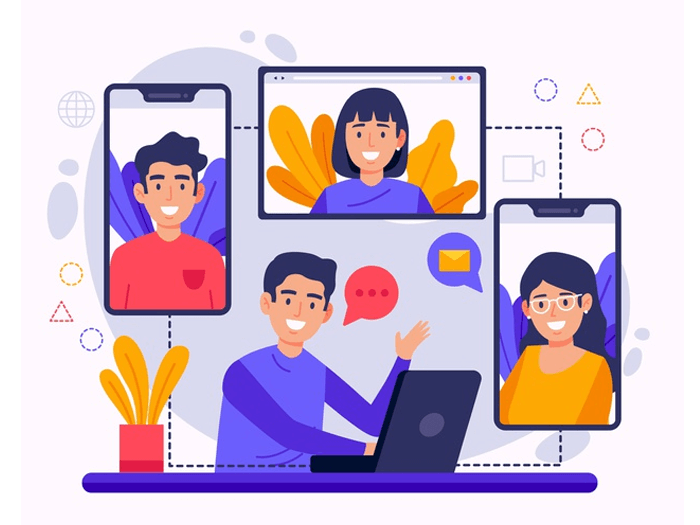
Next, take a look at your marketing assets and chosen promotional marketing channels. Based on your audience and financial resources, how often can you afford to post and promote your campaign content? Create a promotional calendar for each marketing channel. Decide on the precedence for each channel and map out your scheduled posts, emails, etc. on your calendar.
Why should you map your campaign visually? It’ll help you evenly disperse your campaign promotions and publish equally on each medium. It’ll also give you an idea of where your time and energy is going so that you can look back when assessing the effectiveness of your campaign.
If your promotional calendar seems very, very full, don’t fret. Social media and email scheduling tools can alleviate the pressure of posting daily. Check out tools like HubSpot, Buffer, and MailChimp to help you schedule and manage your campaign promotions.
The promotional stage is all about getting your campaign in front of your audience. But, how are you supposed to get your audience to follow the purpose of your campaign? Next, we’ll discuss how to optimize your campaign to convert customers.
.5 Undiluted Secrets To Fueling Your Revenue Engine
One major problem most businneses struggle with is to make sure the revenue engine is firing on all cylinders with a very high sales veloscity.
Let me start by asking:
- Have you wondered where the next demand for your product or service will come from?
- Is your sales and marketing team aligned on the same page regarding what would look like when defining the characteristics and viability of your lead generation strategy.
- Are you able to see in real time when there is blockage in your sales pipeline and why a lead conversion breakdown?
The answers to these question lies in how you fuel your revenue engine.
When it comes to fueling your vehicles, you are careful to select the right fuel grade, as these choice affects vehicle performance. But when it comes to your revenue growth, you don’t think careful enough about the fuel you put in your revenue engine, as these choices also affects your business performances.
Instead of filling it up with high-quality fuel (such as messaging, content and assets that are driven by buyer insights), you’re filling the tanks with low-quality fuel (such as product-focused messaging that doesn’t resonate well with your customers interest) causing the revenue engine to sputter while you expect a high sales veloscity.
Taken marketing and sales actions thesame way you’ve always been doing, will keep giving you thesame result as it has always been.
Here is the goodnews; In this article, I will walk you through the five undilluted secrets to fueling your revenue engine and get your cylinders fired at a very high sales velosity.
But before we get into that, let’s take a quick jump into:
How Your Revenue Engine Should Look
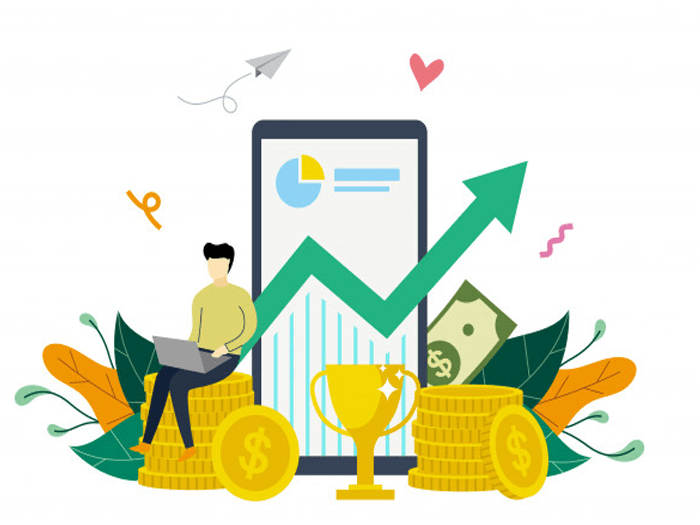
A revenue engine consists of systematic, repeatable processes that span marketing and sales to drive consistent, predictable revenue. The following process should be in place for your revenue engine to work effectively.
Lead Generation
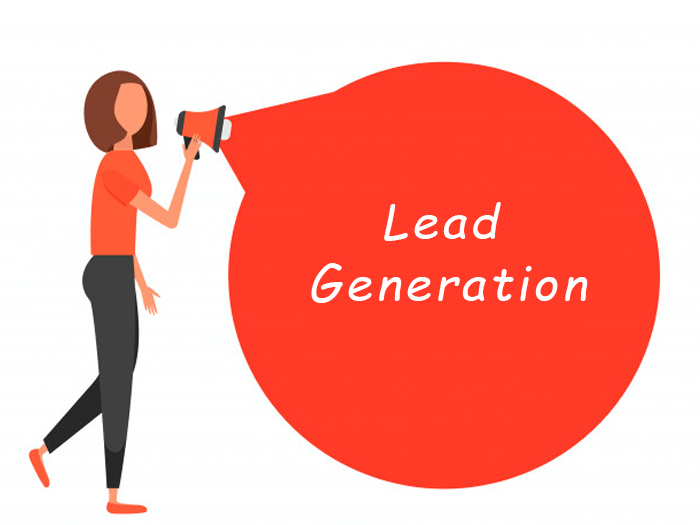
In a bid to make sales and take your business off-the-ground, you need to have a line-up of sales-ready and high-quality leads. This is where lead generation strategies come to your rescue. It helps you establish interest of your target market in the products or services you‖re offering.
Marketing Qualified Leads (MQL) are the fuel that powers the revenue engine, so a predictable flow of new qualified sales leads into the top of the funnel is essential to driving predictable revenue. Big lead generation programs like trade shows still play a role, but so do methods that create a steady stream of quality leads such as word of mouth, organic search optimization, and content-based marketing.
Lead Nurturing

Lead nurturing is all about developing relationships with buyers at every stage of the sales funnel, and through every step of the buyer’s journey. It focuses marketing and communication efforts on listening to the needs of prospects, and providing the information and answers they need.
The lead nurturing takes place in the Middle of the Funnel, Since some prospects will be ready quickly, and others will take longer, it has the effect of “smoothing” out lumpy lead generation to help deliver a steady stream of sale qualified leads (SQL). It’s like the farmer who planTs different crops that ripen at different times so he can eat all year.
Lead Scoring

Lead scoring is a shared sales and marketing methodology for ranking leads in order to determine their sales-readiness. You score leads based on the interest they show in your business, their current place in the buying cycle and their fit in regards to your business.
Lead scoring goes hand-in-hand with lead nurturing, since it tells you when a lead is “ripe” and possibly ready to engage with sales. The key is to focus not on self-reported and often inaccurate firmographic and BANT criteria, but on the actual buying behaviors the prospect exhibits (repeatedly visiting the website, downloading later stage content, using your company brand name as search term, etc.).
Lead Qualification.
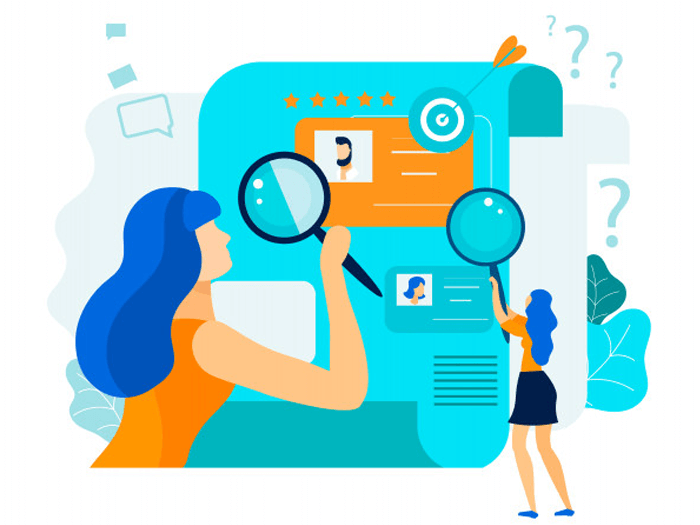
Lead qualification is the process of categorising a qualified sales or marketing lead as a customer who has been contacted and has engaged with your sales and marketing team, and so is further along the sales process than other leads.
Once inbound leads are determined to be marketing-qualified, don’t send them directly to an account executive. When salespeople qualify their own leads, leads get lost, and lead scoring by itself is insufficient since it at best indicates accounts that are likely to be qualified.
Instead, between marketing and sales there should be a “human touch” in which someone actually speaks to the prospect to determine if they want to engage with a sales rep. If so, pass the sales qualified lead on; if not, mark the lead as truly disqualified or more likely send it back for further nurturing. With this process in place, by the time the “expensive” sales rep gets the lead, it has been qualified by both marketing and by inside sales and the vast majority should be worth the sales rep’s time.
Now that you’ve known what the new revenue engine is. its time to take a deep dive into the five(5) undiluted secrets to fueling your revenu engine.
#1 Feeding The Front End Of The Funnel
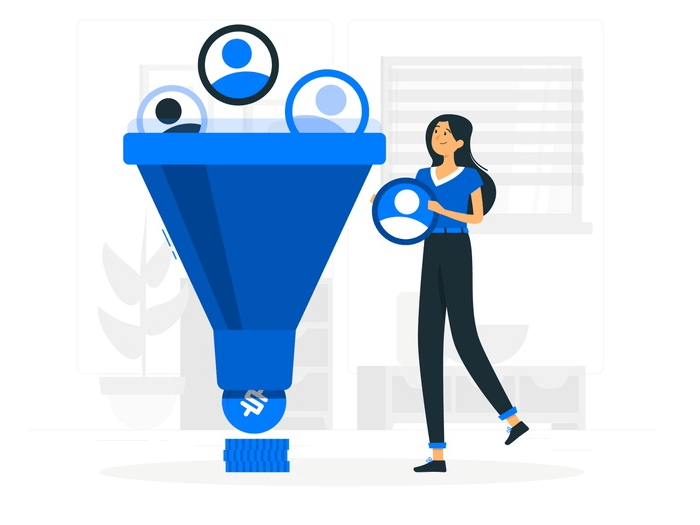
Lead generation and lead management have been a growing priority for most B2B marketers, but due to challenging economic conditions over the past few years, the pressure on marketers to feed the funnel and demonstrate their impact on deals and revenue has increased rapidly.
For example, IDC’s Tech Marketing Barometer, found that lead generation was ranked as the top marketing priority for tech marketers, followed by brand awareness online and interactive marketing, alignment with sales, marketing performance measurement, customer knowledge and channel/partner marketing.
An article by Michael Gerard, VP & Research Director for IDC’s CMO Advisory service, explained that the emphasis on lead generation is now coming from the top of most organizations. “With aversion to risk by C-level executives, the slight downturn and concern for growth in the next year, folks are shifting more to lead-generation programs,” said Gerard.
Generating a high volume of inquiries or responses is a key goal at the top of the funnel, and those marketing departments that have optimized the top of the funnel have seen the results correlate at the bottom of the funnel in terms of closed business.
By applying advanced marketing techniques such as segmentation, personalization and event-triggered automation to their lead generation efforts, many high growth organizations have shown dramatic improvement in campaign inquiries.
#2 Turning Responses Into Qualified Leads

The first key conversion phase in the sales funnel is converting an inquiry into a lead, or a suspect into a prospect. While there is clearly value in driving a high volume of respondents to click on a link for a white paper or check out the content on a microsite, it is often much more difficult to get prospects to provide detailed contact info as well as insights into their business needs, priorities and challenges.
Industry analysts point out that having a process in place to manage and automate lead management is critical to successfully converting suspects into qualified prospects. “It is important to have a strong lead management process in place. Are you tracking from a measurement perspective the conversion of leads? Do you have a feedback loop in place with the sales group and a strong lead nurturing process?” said IDC’s Michael Gerard.
By building a process to manage and automate leads, many advanced marketing organizations have seen a significant impact on their sales funnel. For example, by implementing pre-populated registration forms, marketers have seen big increases in the number prospects that will complete the process of signing up for an event or downloading a document.
Another tactic that has shown significant results for companies with automated marketing systems is the use of dynamic content substitution for email and nurturing campaigns. For example, if a prospect’s profile within the marketing database indicates they are in a specific industry, relevant messaging and assets, like a customer story from a client in that industry can be dynamically swapped out on an email or landing page. In this way, marketers can deploy large scale campaigns that provide the most relevant content and assets to a user when they hit the page, without having to create a million versions.
The industry benchmark for moving a response to a lead is typically between 10% and 15%. Once again, even single digit improvements at this phase of the funnel can have a big impact on close rates and top line revenue for any business. For example, by moving the needle from 13% to 15% at this phase of the funnel on that same campaign which now generated 1,000 responses, the improvement would equate to 150 leads rather than 130. An increase of 20 leads may not seem that significant but when you consider that similar conversion metrics are applied to corresponding phases of the funnel, the domino effect on revenue becomes more apparent.
#3 Measuring The Impact Of Investments
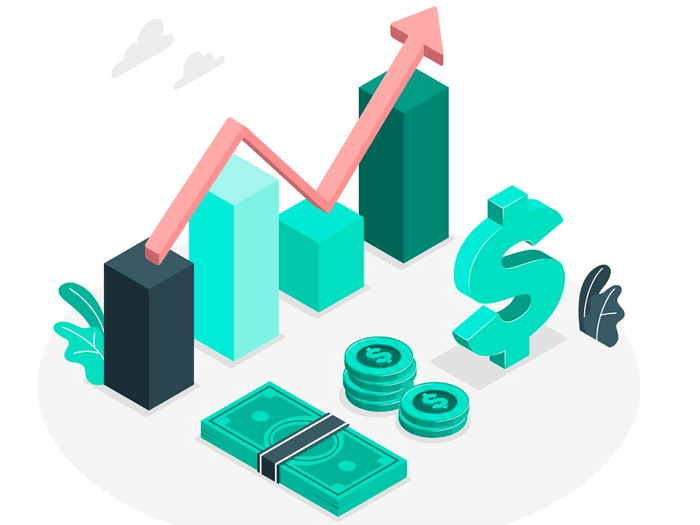
With increasing pressure from boards of directors and the C-suite to prove the value of marketing activities,most marketing executives have increased their focus on marketing measurement. As evidence of this trend, the Association of National Advertisers’ Marketing Accountability Study found that 92 percent of companies have created some type of marketing accountability measures.
“Those organizations that measure the value of their marketing will be the winners now because they can justify the expenditures,” says Rich Eldh, VP and Co-Founder of SiriusDecisions, a leading research consultancy specializing in sales and marketing alignment. “Those companies that can’t measure marketing will likely cut budgets just as they did in the past, and ultimately will pay the price for it in lost revenue.”
Those executives that have embraced the need for accountability have quickly learned that managing the balance of art and science in marketing has tipped heavily in the favor of science. In many companies that have departments experienced in demand creation strategies, the marketing department is now viewed as a machine that can accurately predict that every $1 put in to demand generation will produce a pre-defined amount of dollars in return.
The added attention to measurement and ROI has led more marketers to shift budget to direct marketing and digital media over the past few years, where they can quickly see the click-thrus, registrations, response rates, etc. that each campaign generates. Recent research shows that the migration to online marketing will become even more dramatic as systems for managing and measuring marketing become more mature and widely adopted.
As marketers look to find the optimal mix of email, search and other direct marketing channels, those firms with advanced tracking capabilities are expected to have a distinct advantage over their competition. The ability to test and measure the response across multiple channels, not only allows marketers to justify investments to the board room, but also enables them to quickly shift dollars over to a campaign that is driving a higher volume of quality leads.
By developing systems that provide a single view of multi-channel campaign results, marketers have refined the ability to track a series of touches a prospect has with their brand and then develop automated processes that trigger a targeted response based on their behavior and specific areas of interest.
#4 Identifying Qualified Opportunities
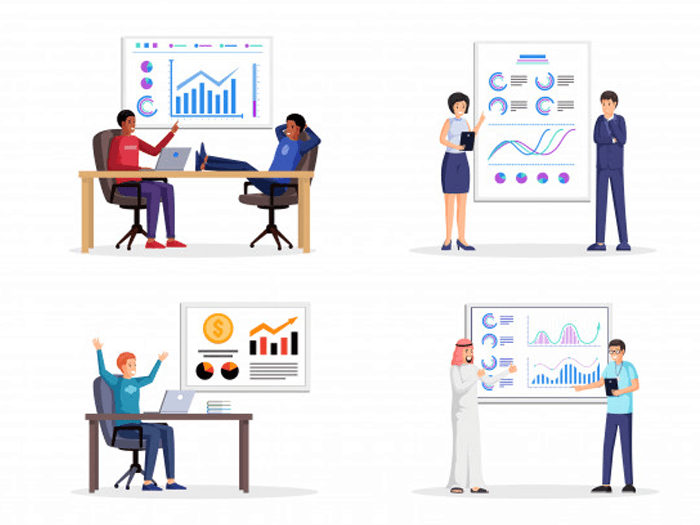
At this phase of the funnel, it is critical that organizations have established an integrated approach throughout their sales and marketing teams. The concept of sales & marketing working together as a team might have seemed far-fetched a few years ago, and maybe even today, in organizations where the two departments operate in silos with disjointed processes and strategies. However, co-ownership of the sales funnel is now viewed as a competitive necessity in most organizations that have adopted a programmatic approach to generating demand and revenue.
As part of its 2008 Report titled “Sales and Marketing in a Down Economy,” SiriusDecisions recommended that marketers focus on demand creation and building the pipeline to avoid budget cuts and layoffs. “Many BtoB organizations have begun to track an overall demand funnel from cold to close incorporating both demand creation and sales pipeline metrics,” the report stated. “The measurement of demand creation and the sales pipeline begins the process of co-ownership of the funnel by both marketing and sales; clearly identifies the role that both play in the health of an organization’s new business pursuits; and systematizes the fact that quality activity at the funnel top will result in a healthier funnel bottom.”
In most successful organizations, the shift away from silos has been driven by marketing and sales finally establishing common goals and measurements for success. For example, most leading B2B companies now bring together their chief sales & marketing officers together to set the volume of leads needed to drive the sales pipeline. Further steps include both department heads agreeing on the definition of a qualified lead that is ready to be handed over to sales, as well as the metrics for how and when the sales team will respond to those qualified leads.
This kind of collaboration has changed the way many B2B organizations structure sales and marketing, with field marketing and demand generation functions often sitting directly between the two. Some of the more progressive companies are actually setting one common budget for sales and marketing, so that both groups have a voice and role in all investments and/or potential budget cuts.
These fundamental changes in go-to-market approach have all contributed to marketing executives having a more active role in revenue creation. In fact, many marketing executives now have at least a portion of their compensation tied to achieving certain sales and revenue goals.
In addition to driving leads into the top of the funnel, marketing executives also have significant influence on their company’s performance through the use of lead scoring systems that qualify the hottest prospects for the sales team. By applying metrics around BANT (budget, authority, need and timing) scores, as well as the activity and engagement of a prospect, marketing departments can now help the sales team prioritize their efforts.
In addition to adopting a lead scoring process, many advanced B2B organizations have made great strides in their conversion of leads to opportunities by adopting tactics and strategies such as lead profiling, automated lead distribution, offer management and, most importantly, lead nurturing.
The standard metric for converting a lead to an opportunity is typically under 30%. However, by employing sophisticated lead nurturing programs that utilize offer management applications, some companies have improved their conversion rates at this phase of the funnel to more than double the industry averages.
#5 Investing In Intelligence

Organizations that can read and respond to the changing needs of their prospects are more likely to identify sales opportunities and refine their strategy and messaging to capitalize on emerging markets. “This is a tell-tale time for dashboards and other ROI measurement applications, because the smart marketers are going to adapt quickly if there are major shifts in the buying cycle,” said Eldh of SiriusDecisions.
CastIron Systems, a leading technology integrator, achieved a 100% improvement in its conversion from opportunities to closed business by focusing on lead management, lead scoring and lead distribution. By concentrating on the bottom of the funnel, CastIron cut its average sales cycle in half and doubled the number of closed deals per quarter.
.The Killer Content Strategy For Conversion Optimization
When it comes to internet marketing, any business of any size can generate more revenue in one of two ways. First, driving additional traffic to your site in order to increase sales. Second, improving the effectiveness of your site to boost sales with the same amount of traffic you’re currently receiving.
Traffic acquisition is only half the marketing equation. Conversion rate optimization (CRO) is where the work lies and focuses at the latter.
This is where a killer content strategy for conversion optimization comes in to provide a significant opportunity for businesses of any size to boost sales and generate more revenue..
One famous example of how conversion rate optimization with killer content strategy can help businesses, organizations, and even political candidates accomplish their goals is the 2008 Obama Presidential Campaign.
Dan Siroker, the founder and CEO of Optimizely, was serving as the Director of Analytics for the Obama Campaign. He proposed that different headline, image and video combinations should be tested to see which one was the most effective at getting people to sign up for the President’s e-mail newsletter.
The trick was to get people to sign up for the campaign newsletter, since the campaign team knew that a large percentage of people who sign up would end up supporting the President financially,
After testing with 310,382 visitors with each variation seen by around 13,000 people, the version with a picture of Barack Obama’s family and a “Learn More” call-to-action button led to a conversion rate of 11.6% for the winning variation, a 40.6% increase over the original conversion rate which was 8.26%.
See a screenshot of the winning variation from Barack Obama’s 2008 successful presidential campaign.
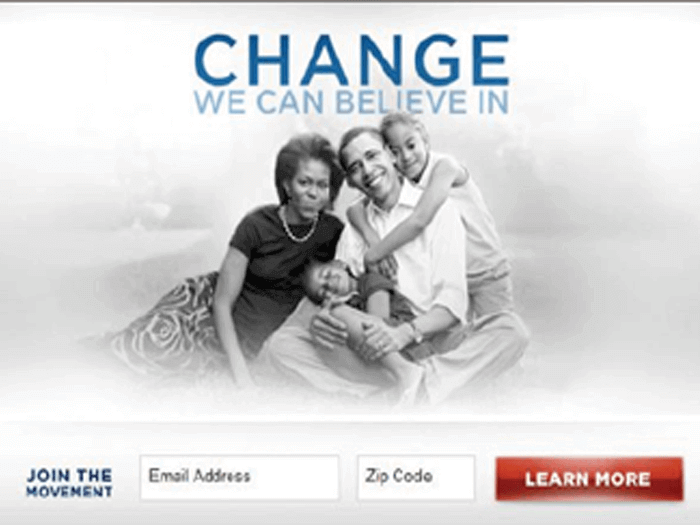
Alongside the increase in conversions from the winning variation is the approximately 2,880,000 additional sign ups , 288,000 more volunteers, and an additional $60 million in donations over the course of the campaign.
This seemingly simple actions shows that both small and big changes to copy, layout and design can have a big impact on the number of people who sign up for your service or buy your product.
Switch Video, for example, found that changing a single word in a call-to-action button copy increased qualified leads generated from their homepage by 221%.
Before we move on, let me ask:

Are you like the thousands of businesses who feel like they’re not getting the most out of their content marketing efforts? Or you’ve paintakenly put up a content that you feel should be converting and never meet your expectation?
If your answer is YES. Don’t worry, in this article, I will show you how to design a killer content marketing strategy for conversion optimization and maximize your return on investment.
You’ll learn how to repackage your content marketing strategy into a lead generating machine with a step-by-step guide to creating a winning content that convert your visitors to customers, and your customers to loyal and repeated clients.
I will show you how to map you content strategy with your buyer’s jorney to increase the effectiveness of your content marketing efforts.
But before we go into that, let’s define what a buyer’s jorney is:
What is Buyer’s Jorney

A buyer’s journey is the process that a buyer goes through from being unaware of a problem to becoming a customer of a company that solves that problem. In a nutshell, it’s the active research process a buyer goes through leading up to a purchase.
It’s important to know that buyer’s journey can vary from one business to the next. There are differences in how Business-to-Business (B2B) buyers arrive at a purchase decision and how Business-to-Customer (B2C) buyers do.
Having that in mind, let’s take a look at what the stages of the Buyer’s Journey might look like in a B2C.
The journey consists of a four-step process:
- Awareness Stage: The buyer realizes you’ve a solution to their problem.
- Interest Stage: The buyer is interested in the solution
- Desire Stage: The buyer desire to get the solution.
- Action stage: The buyer finally pay for the solution
This is usually depicted as a funnel-shaped process as shown below;

Now that you know what a buyer’s jorney is, the next step is to define your content marketing strategy and map your Buyers jorney (funnel) to the content lifecycle for conversion optimization, so that you understand where exactly your customers are in their buying jorney inorder to devise an appropriate strategy to lure them into paying action.
Mapping Your Content with Your Buyer’s Journey
Your buyer’s jorney is further broken down into three parts – Top of the Funnel (TOFU), Middle of the Funnel (MOFU) and Bottom of the Funnel (BOFU).
At each stage, you devise different set of content strategies to effectively push your prospects from the top of the funnel, qualifying them as sales ready leads at the middle of the funnel, to finally turning them into buying customers at the bottom of the funnel.
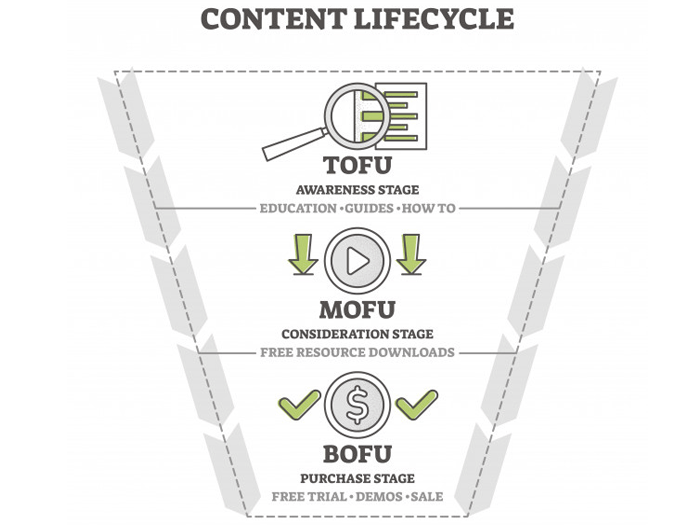
Top-Of-Funnel (TOFU)
The top of the funnel is the stage where you get the broadest amount of leads. Prospects in this stage are at the very beginning of their buying journey and are only aware of your product or service but aren‖t still ready to buy from you.
A large segment of marketers believe that the top of the lead funnel isn‖t that important stage. On the contrary, it is perhaps the most important part of your buyers jorney. After all, without optimizing the top of your funnel, how would you draw people in?
This is where you grab a customer‖s attention and keep it all the way through the buying process.
Mapping Your ToFu Content
Blog Posts

Blog posts are the most common type of TOFU content. Just take a look around this blog: you didn’t see a headline like “Why Harveyteck Is the Best Agency for Your SEO Needs” or a case study (those are on other pages, but not on this page that’s all about delivering value for our site visitors). This way, Harveyteck is able to attract tens of thousands of visitors per month who are aware of their problems, and aware that Harveyteck can help solve them, so they know where to turn to when they’re ready to take action.
Expert Content

Expert content is another name for the long and highly detailed content that many companies use to educate on a specific topic. The goal of expert content (which some people call “pillar content“), is to show that you or your brand is an authority in your industry or niche. As with any type of TOFU content, the goal of the expert content is to teach the reader something that you are very knowledgable about, not sell a solution.
Neil Patel has done an amazing job in his blog Kissmetrics by creating a resource page filled with marketing guides that cover topics like social media marketing, e-mail marketing, reducing churn.
And Quicksprout has an epic “Advanced Content Marketing Guide,” with info on SEO, content marketing, and copywriting. These guides have helped Neil attract hundreds of links to his blog, which help him acquire lots of organic traffic, but also position himself as an expert in the online marketing world.
Videos

Videos are one of the most powerful content assets any company can use to attract visitors to a site and “push” them through their buying journey. Take a look at these amazing facts about video marketing:
- Using video in e-mail leads to a 200-300% increase in click through rate
- Including a video on a landing page can increase conversions by 80%
- 50% of executives look for more information after seeing a product or service in a video
- 39% of execs end up calling a vendor after viewing a video online
- 73% of B2B companies that use video marketing see significant ROI from it
This goes without saying, however, that these videos, just like blog posts, should be informative, engaging and high quality.
Volusion, an e-commerce platform, has used videos to attract and inform their audience about common e-commerce problems, like how to add SEO to a store, how to do keyword research, and so on. This helps their visitors, primarily e-commerce store owners, solve common problems relating to optimizing their e-tail platforms.
Infographics
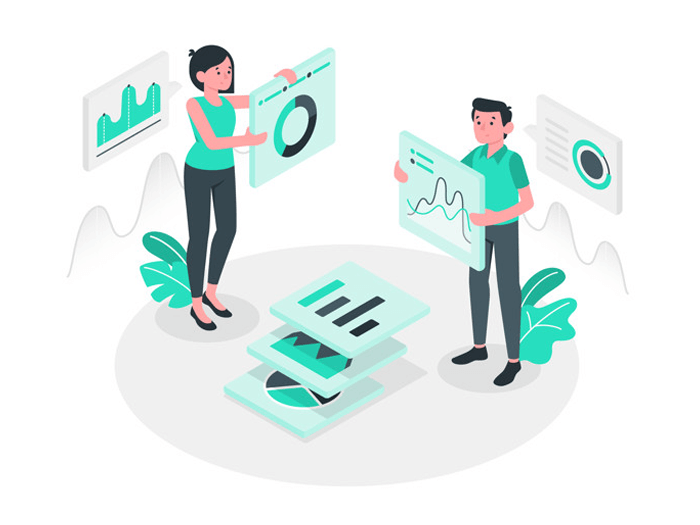
Infographics are another powerful way to attract an audience and engage it into a relevant conversation. Here are some fun facts about infographics:
- People are 80% more interested in reading content if it includes colorful visuals
- Infographics on social media perform 3X better than any other type of content
- B2B content marketers increased the use of infographics from 51% in 2014 to 62% in 2015
- People retain 65% of information with visuals as compared to just 10% without
The key to a successful infographic isn’t just to make nice graphics and use cute colors; it’s pairing useful data with relevant graphics that make the data more palatable and easier to absorb. Also, they must mention the sources where they take their data from, which adds authority to the infographic (or any piece of content with facts and figures).
Hotels.com has been able to use infographics to entertain and inform their audience about traveling. From “Marijuana Tourism,” to “Club Sandwich Index,” to “Know Your Stars,” they have covered a lot of interesting topics in a unique way within their saturated industry.
Middle-of-Funnel (MOFU)
Remember, you don‖t just need to acquire leads, you‖ll also need to nurture them till they become actual, paying customers. The lead nurturing takes place in the Middle of the Funnel or the MOFU stage. The goal here is to get your leads acquainted with your business, products and services. You‖ll need to give those who have come to your blog, your website, your landing page, etc. a better understanding of how your business can help them.
This is also where you deliver the offer that you‖ve promised at the top of the funnel. Middle of the funnel is your opportunity to produce, to gain trust, and to gently advertise what it is that you have to offer.
Mapping Your MOFU Content
E-books

E-books can help your brand extend the customer relationship from the previous step by providing lots of value to the people who are researching solutions to their problem. What’s more, e-books allow companies to get the buyer’s e-mail address, which helps them continue building the relationship in yet another medium, which is famous for having an amazing ROI.
Marketo has created dozens of e-books to teach their audience about the different aspects of the online marketing world. They have written books about all kind of topics, from lead scoring, to social media, to mobile marketing. This helps Marketo continue fostering the relationship that started on their blog (which is also highly useful) while making their potential customers aware of their software.
White Papers
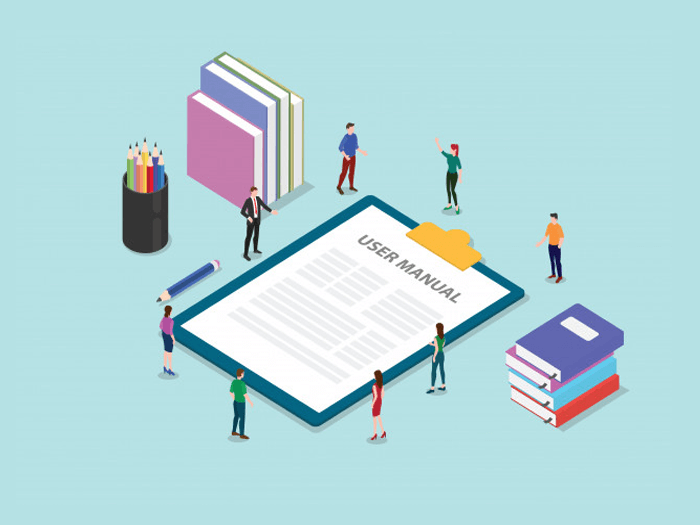
White papers are similar to e-books in the sense that they are both digital books, but differ in their depth and tone. Like e-books, white papers are focused on a specific topic, but with a narrower focus, more academic tone, and more heavily research-based. For this reason, they take longer to create and cater on a high-level audience (that is, executives and other top-level decision makers).
Tableau, a business intelligence and analytics company, uses white papers to attract executives to learn more about their industry. This not only shows that Tableau is an authoritative company in their industry, but also helps executives see where Tableau fits into their needs.
Webinars

Webinars are a more intimate way to connect with a buyer while providing massive value. According to Ascend 2, of all the lead generation tactics available, webinars are the second most effective type of premium content for marketers.
Webinars consist of 45- to 90-minute calls where a speaker or group of speakers talk about a specific topic, sharing insights, trends, and solutions to a given problem. Also, attendees can interact with the speakers, which makes the webinar more effective.
There are many companies that like to provide a special offer to their attendees before finishing the webinar, which usually includes a discount for their service or product. This makes sense given that webinars can “warm” people up and allow them to interact, making them more likely to convert. However, this doesn’t necessarily make sense for every company, so this must be done with care.
LeadPages is a company that makes good use of webinars to attract and convert its attendees into customers. Their webinars are very informative, but always end up tying the webinar’s topic to one of their offers. Since the offer is unique and high quality, this would have a good conversion rate and a good ROI.
Bottom-of-Funnel (BOFU)
Bottom of the Funnel is where the actual buying (conversion) takes place. It is at the bottom of the funnel where you finally turn your sales ready leads into an actual paying customer. Quite naturally, bottom of the funnel remains one of the most critical stages of your lead generation process. In this stage you‖ll need to promote offers that are specific to your products or services.
Mapping Your BOFU Content
Demo & Explainer Videos

Demo videos work like tours: a sales rep or a presenter shows a buyer how the software or product works, what it can do for them, and how it can solve their problems. There are two types of demo videos: live and recorded. The live demo videos have a unique power which recorded ones don’t — the demonstration is done in front of the buyer’s eyes and makes them feel as if they are using the product or tool themselves. Live demo videos are like a powerful 1-2 sales combo. Recorded demo videos also work, although not as effectively as the live ones.
Zoho CRM has a library packed with demo videos of how their tool works. These videos show all the different aspects of Zoho CRM tool, which help dissipate many of the buyer’s questions.
Explainer videos are similar in that they’re meant to explain something. They tend to be short, entertaining and informative. While demo videos tend to feature a company CEO who is demonstrating how their product benefits the customer, explainer videos are usually animated shorts (just a couple minutes long) that can be more like a how-to demonstration.
Comparisons
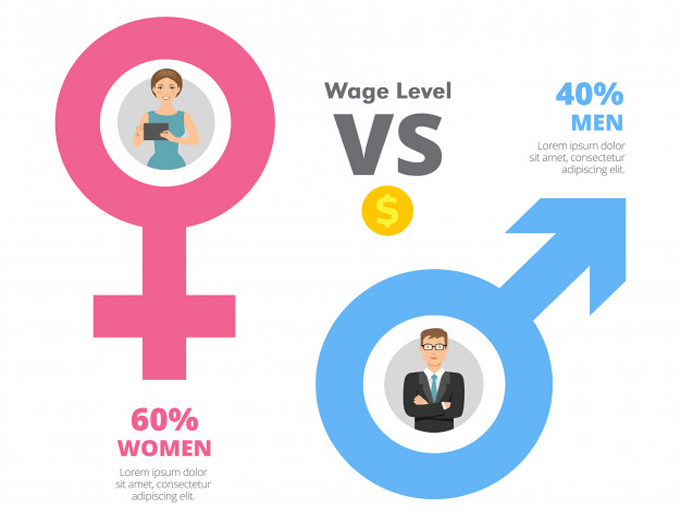
Comparisons help buyers weigh the pros and cons of a product’s features and prices and help them measure which one would better suit their needs and problems. For those companies that offer complex solutions, this can have a big impact on the buyer’s decision.
Optimizely does a great job at showing the differences between their plans on their pricing page.
There is another type of comparison, in which a company compares their features with those of a competitor. This can be very powerful, especially in saturated industries.
Agile CRM does this pretty well by comparing what they offer with what their competitors offer, including Zoho CRM.
Case Studies

Case studies are important because they hit on a key persuasion principle: social proof. By showing buyers the successful story of a company’s customer, including before and after statistics, it really showcases how they, too, could improve and succeed. Also, this type of content is similar to the word-of-mouth marketing because by having a “real person” explain the benefits of a tool or product, it comes across as more personal and less “salesy.”
Klaviyo, an e-mail marketing provider, does a great job by showing a benefit-driven testimonial from one of their customers on their homepage. Also, they have a section full of case studies that show how many of their customers have used their tool, and include the great results they have gotten.
Conclusion
The buyer’s journey is a key element in any company’s marketing strategy. By matching each customer’s needs and problems with exactly the right type of content along the stages of the sales funnel, this will significantly improve your conversion rate.
.